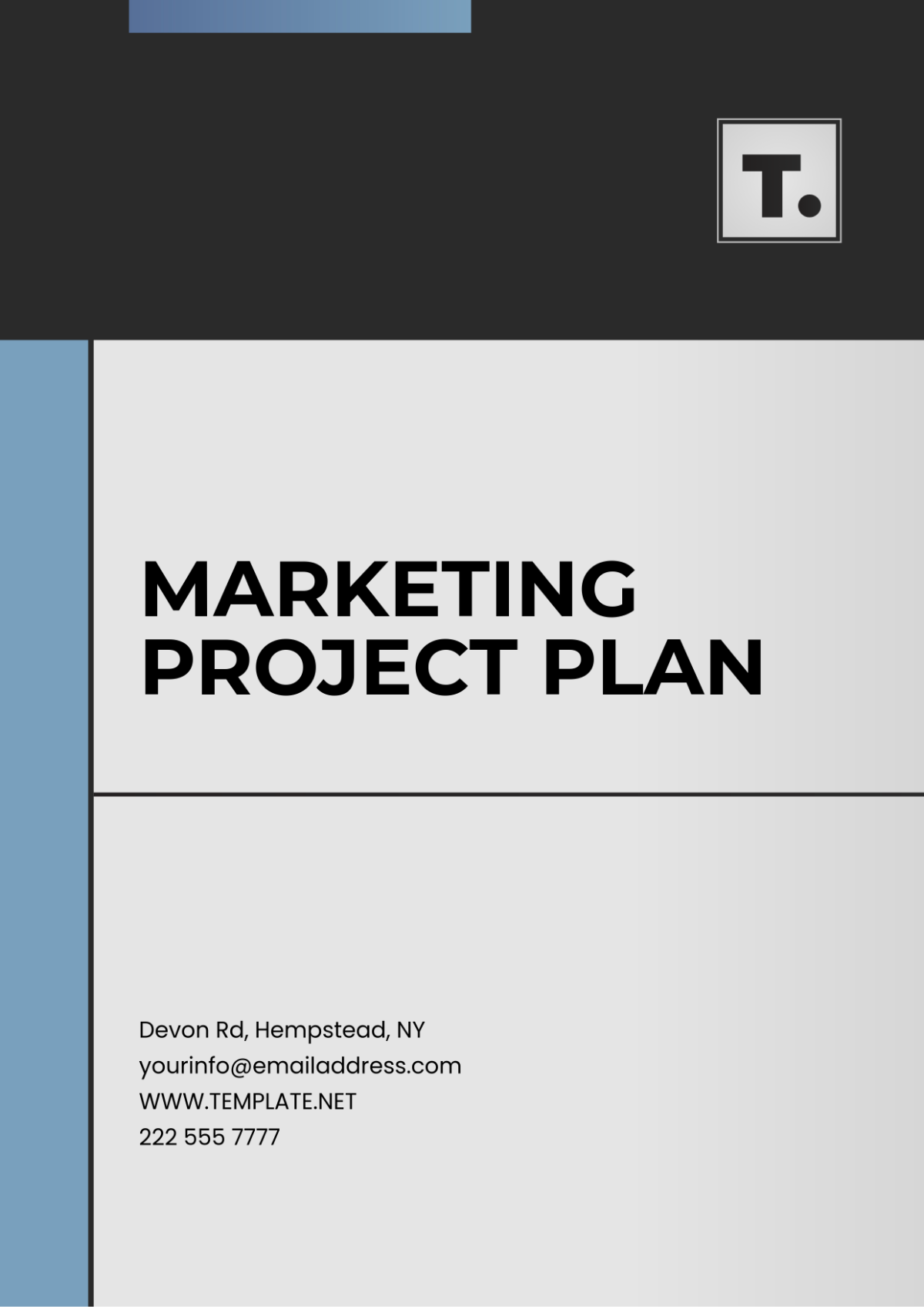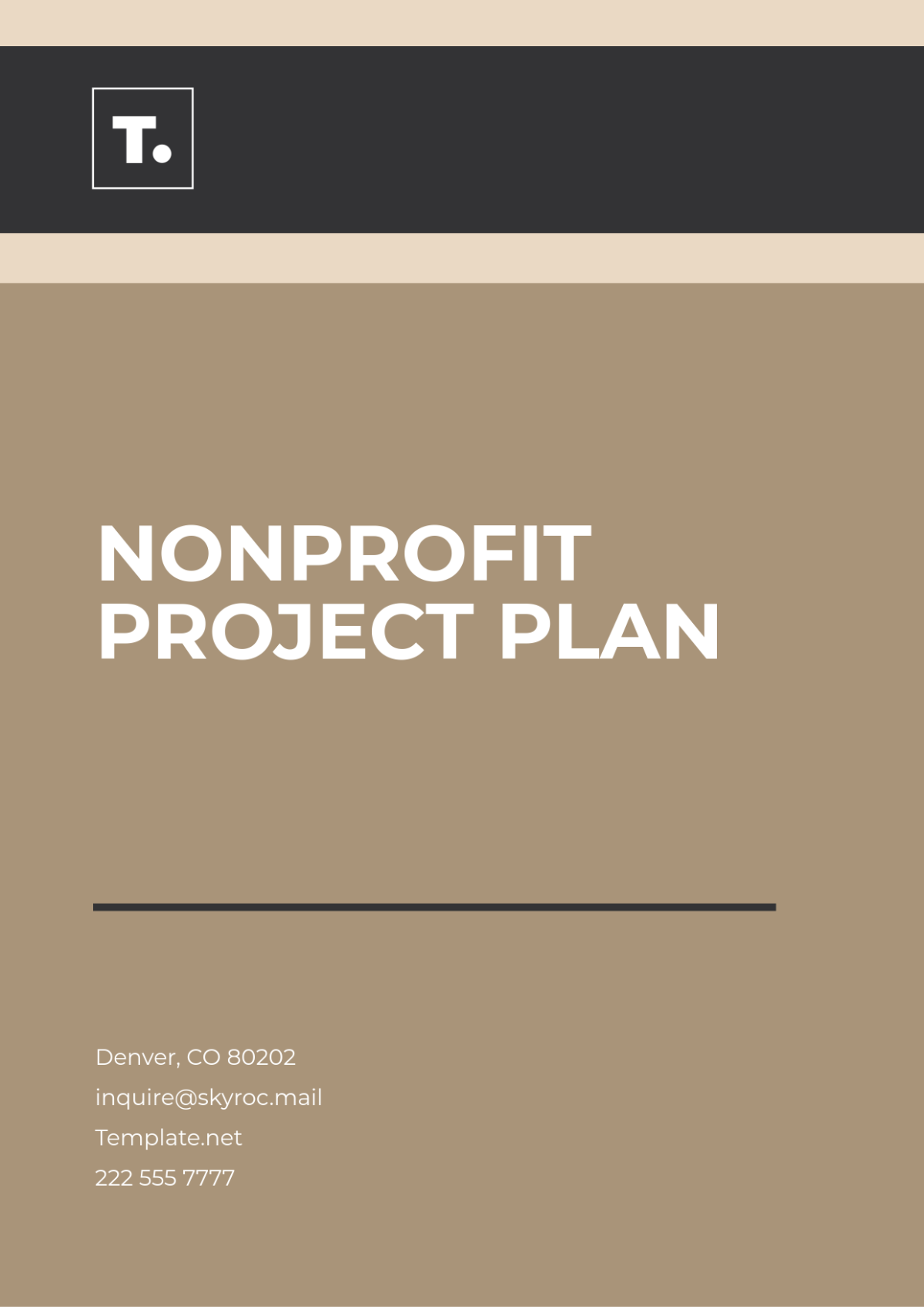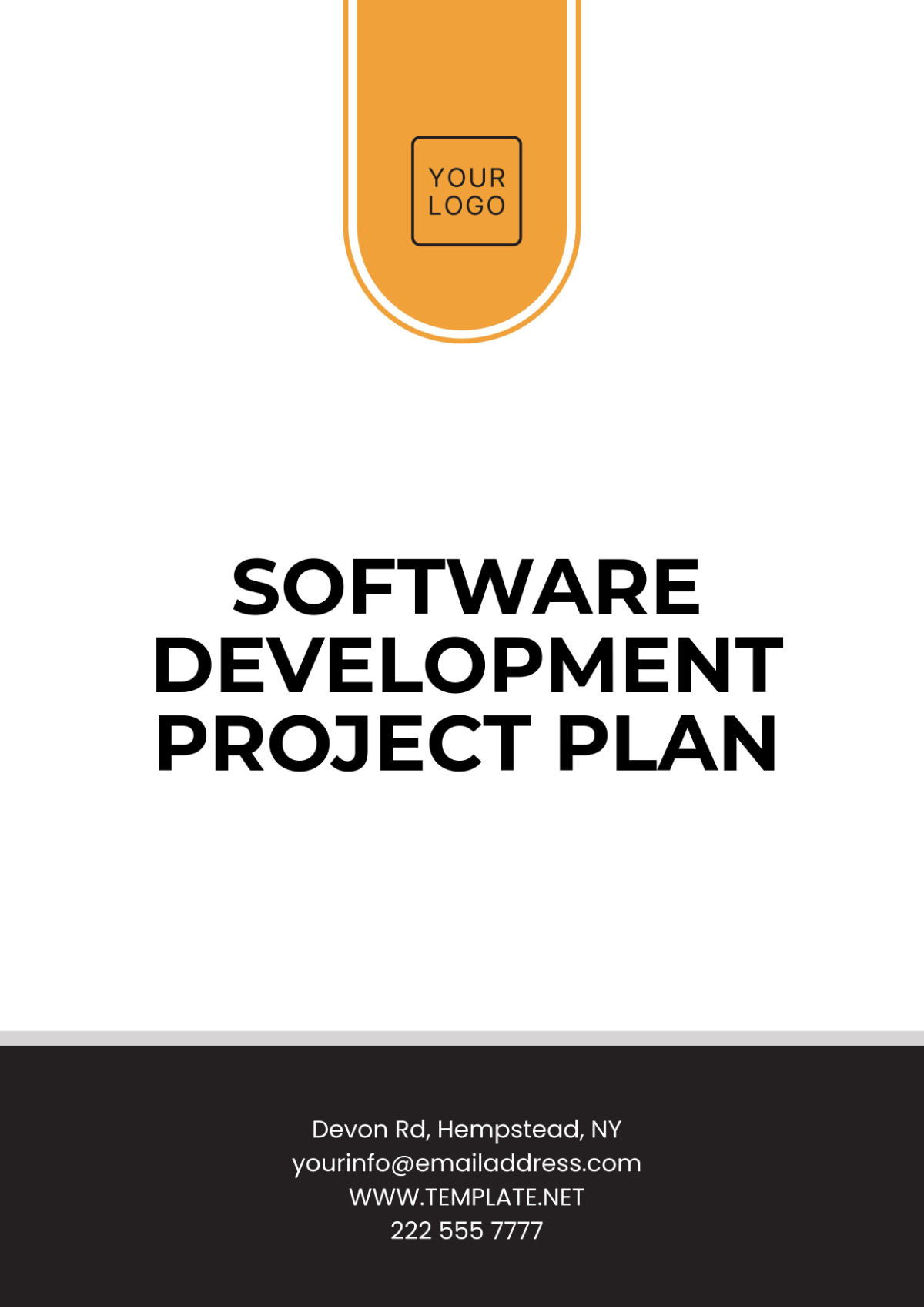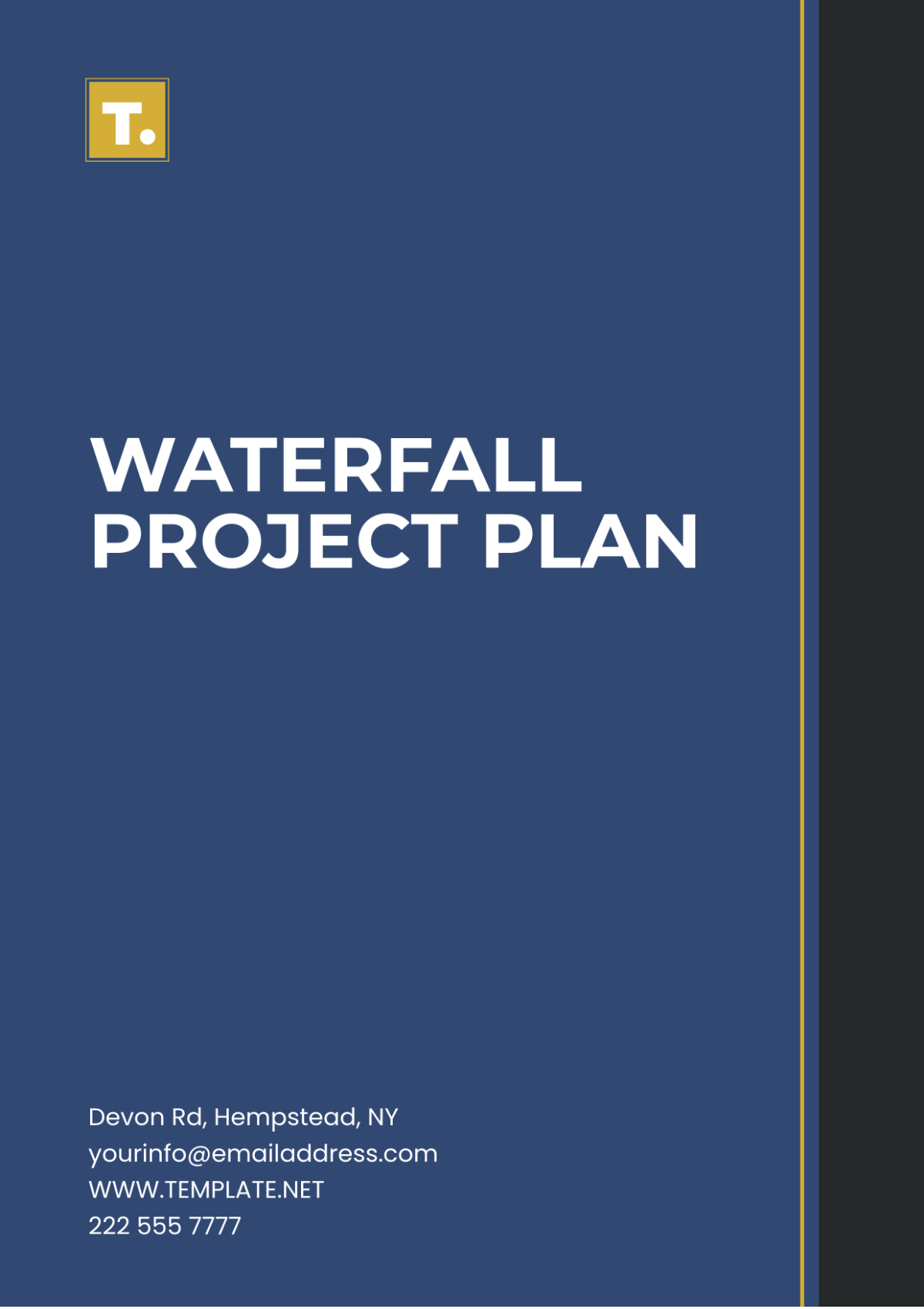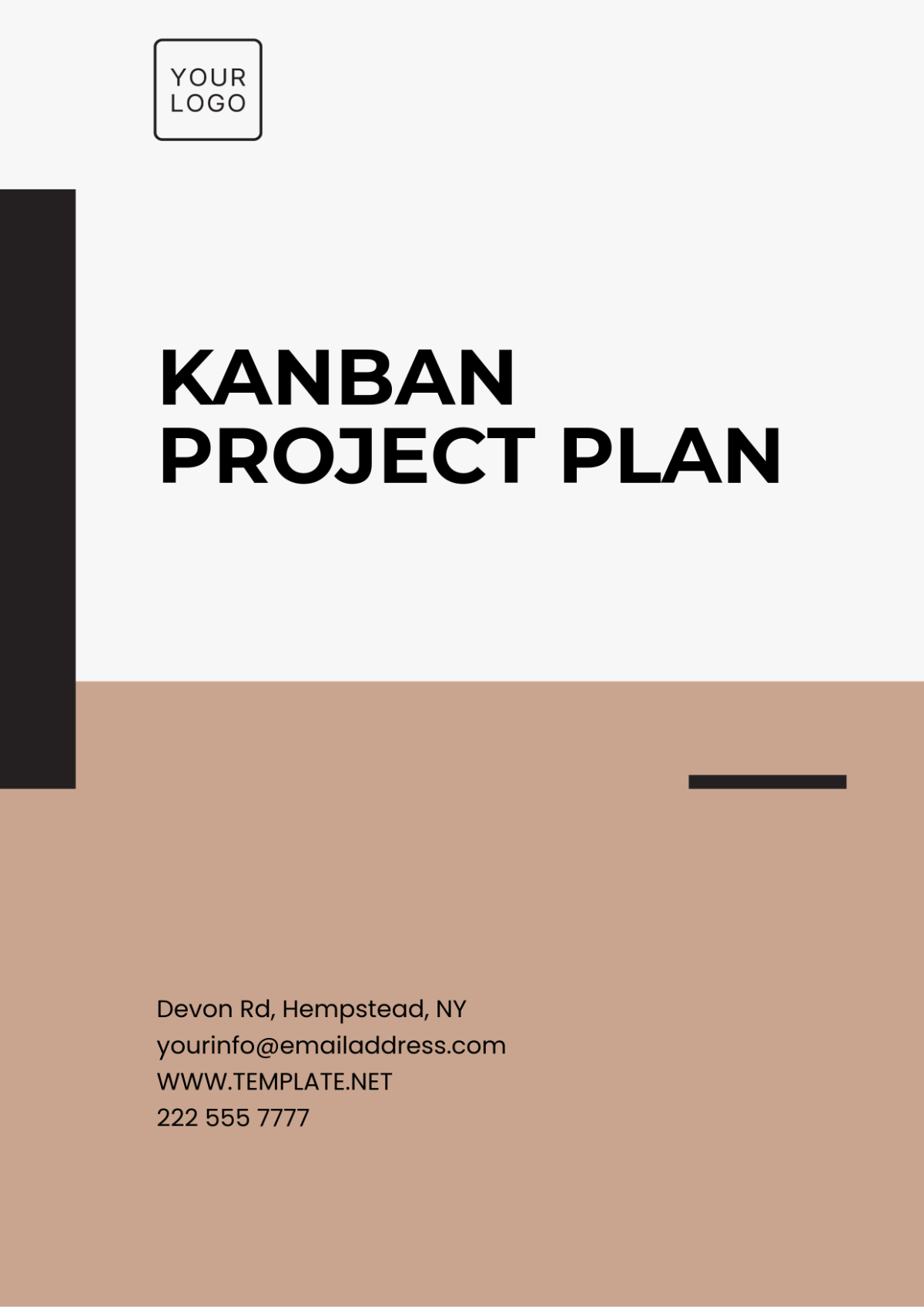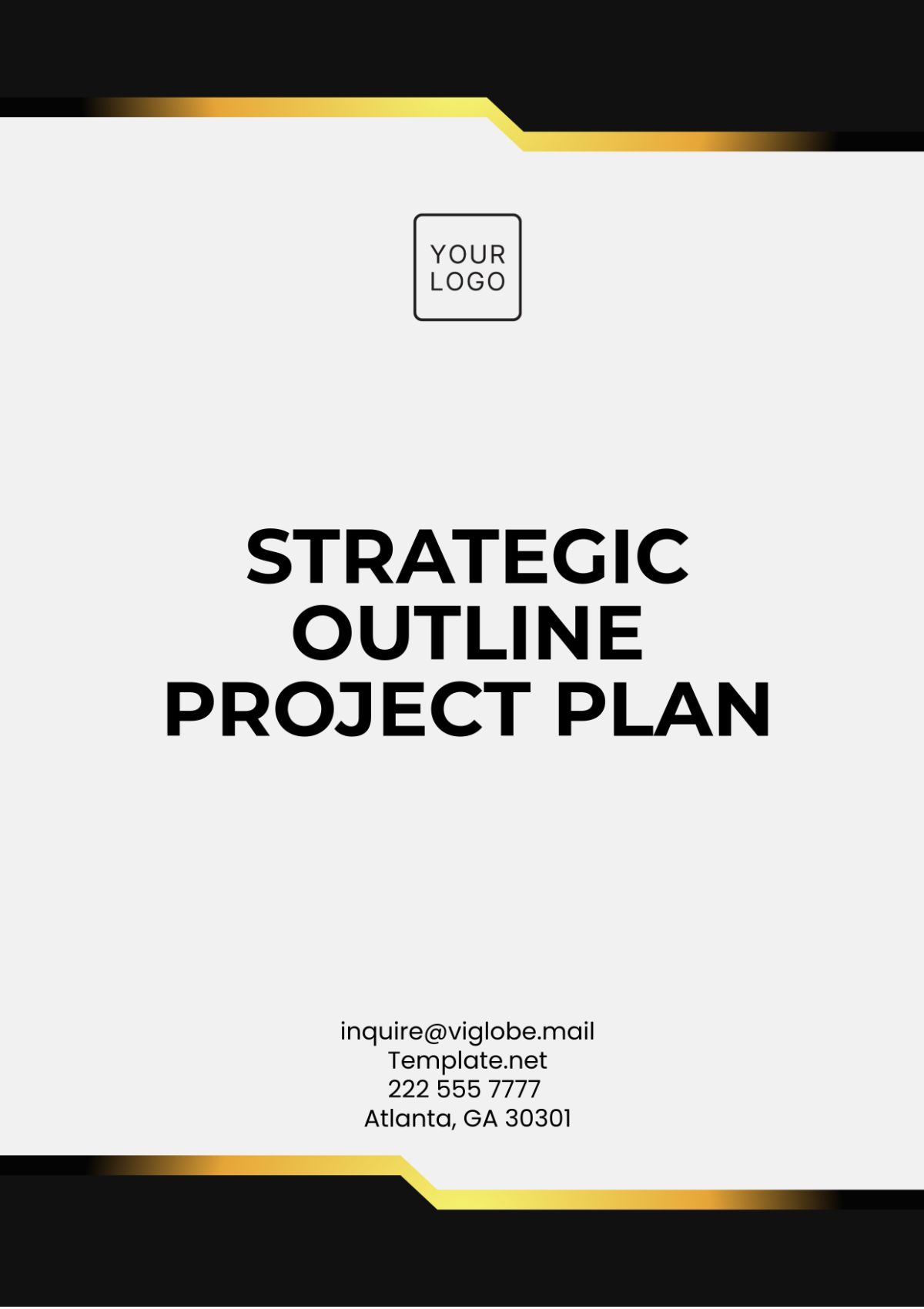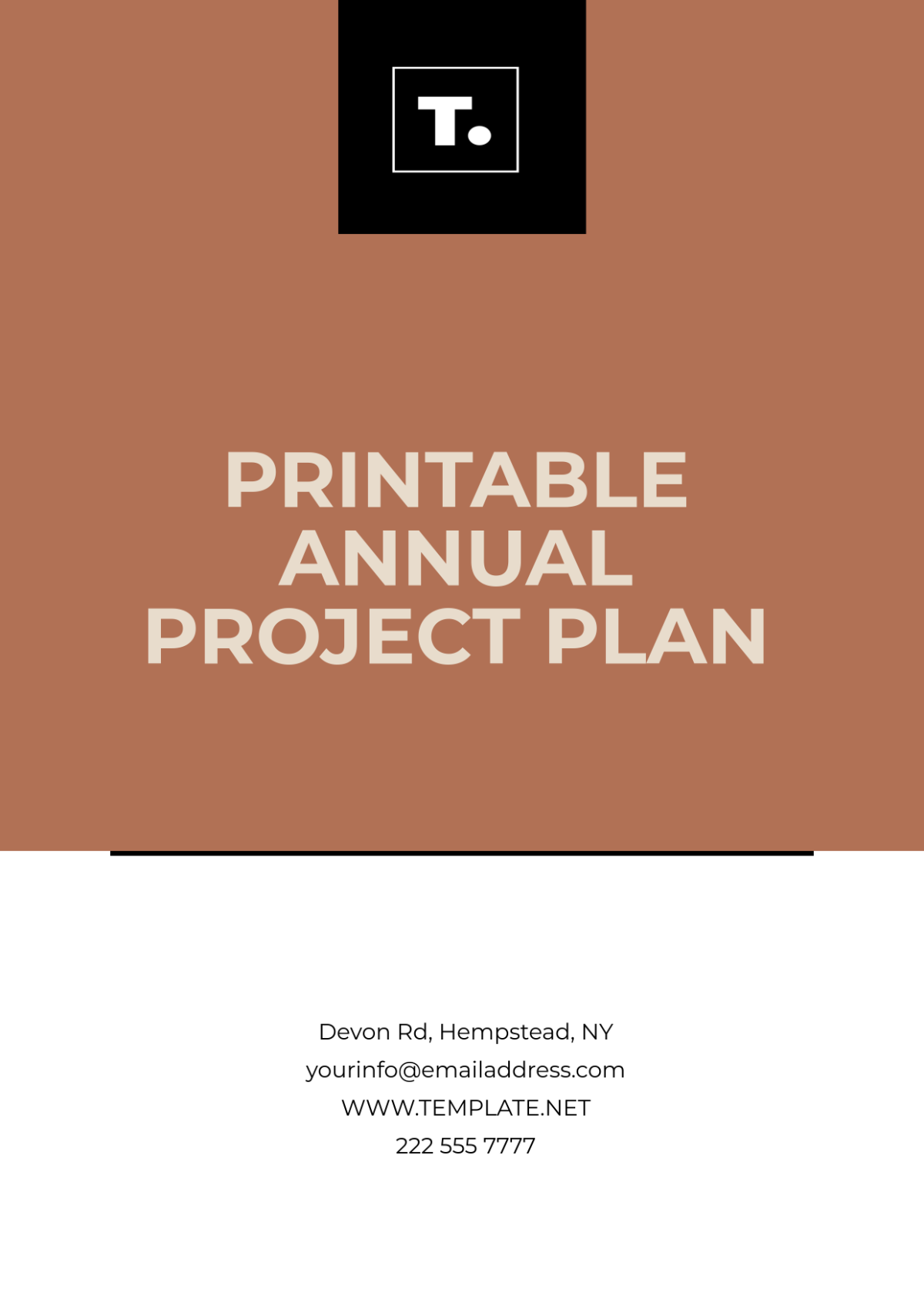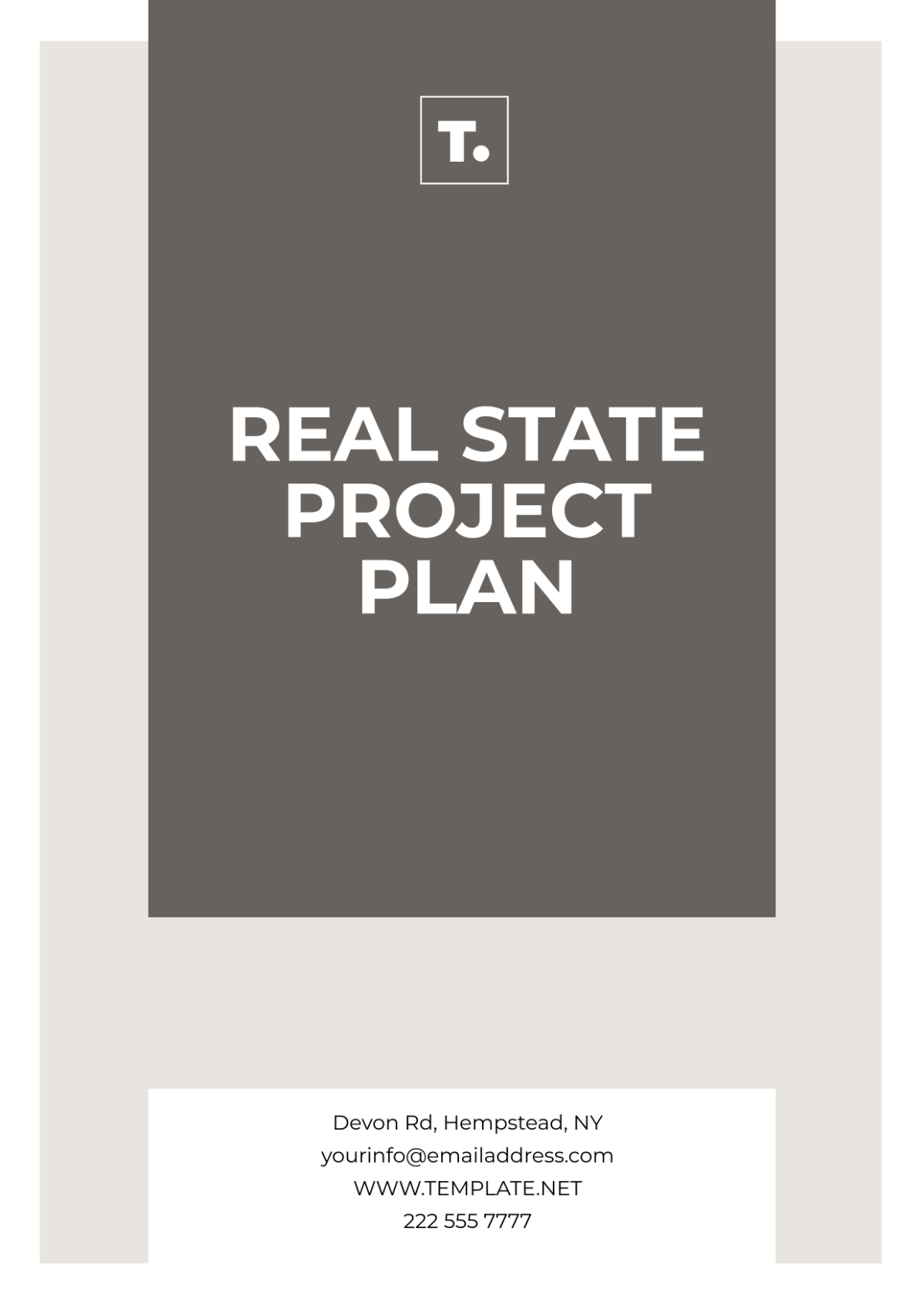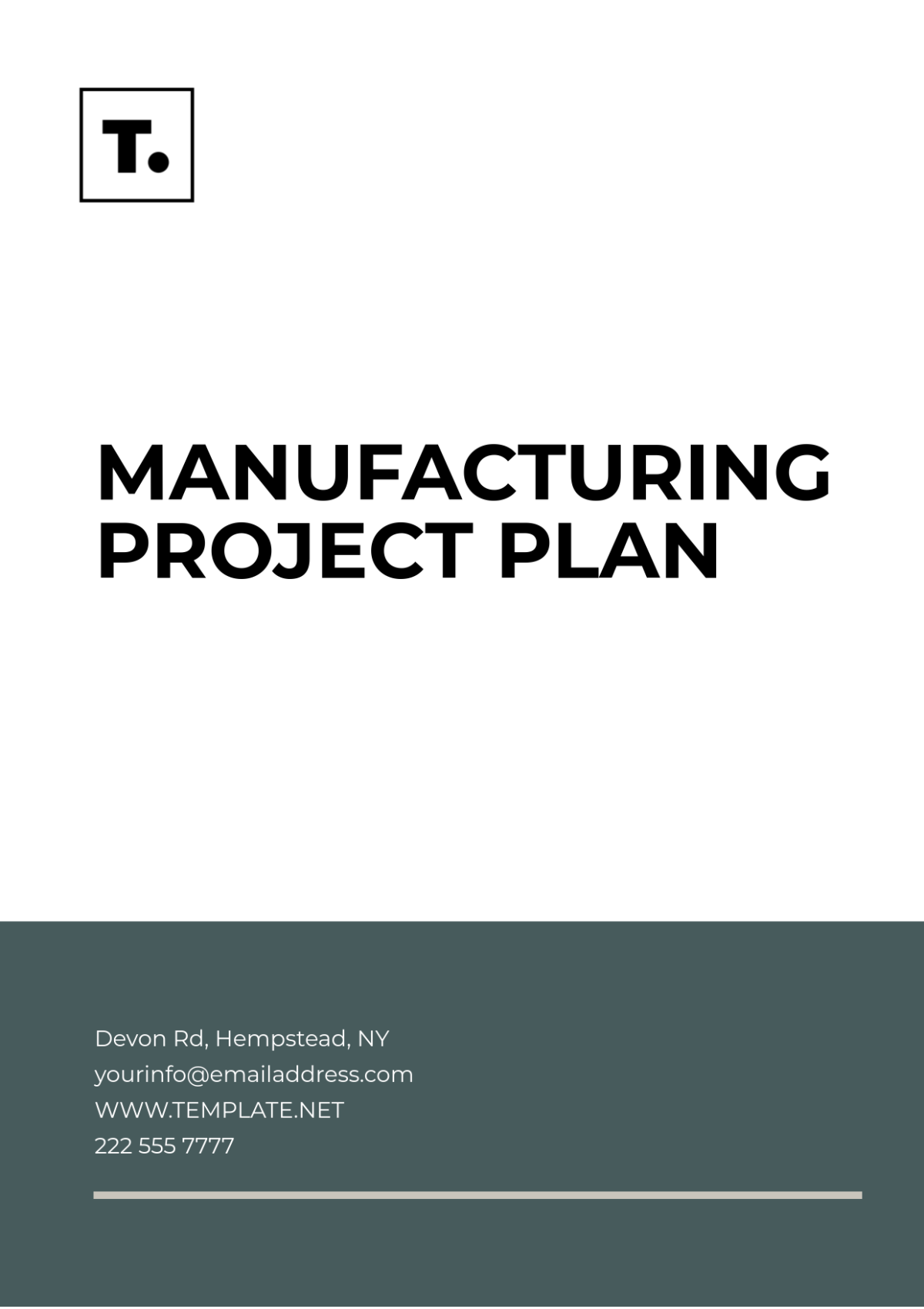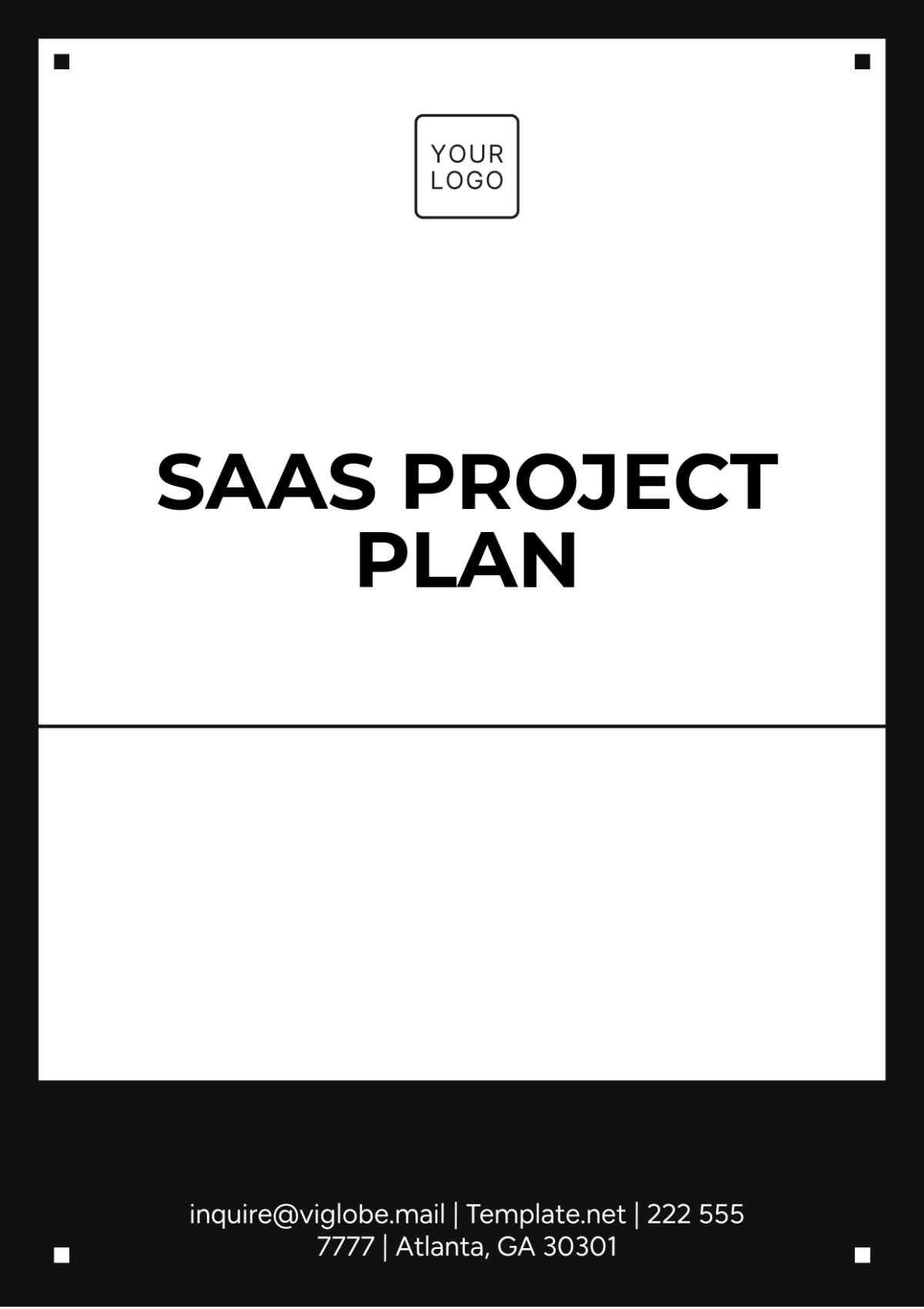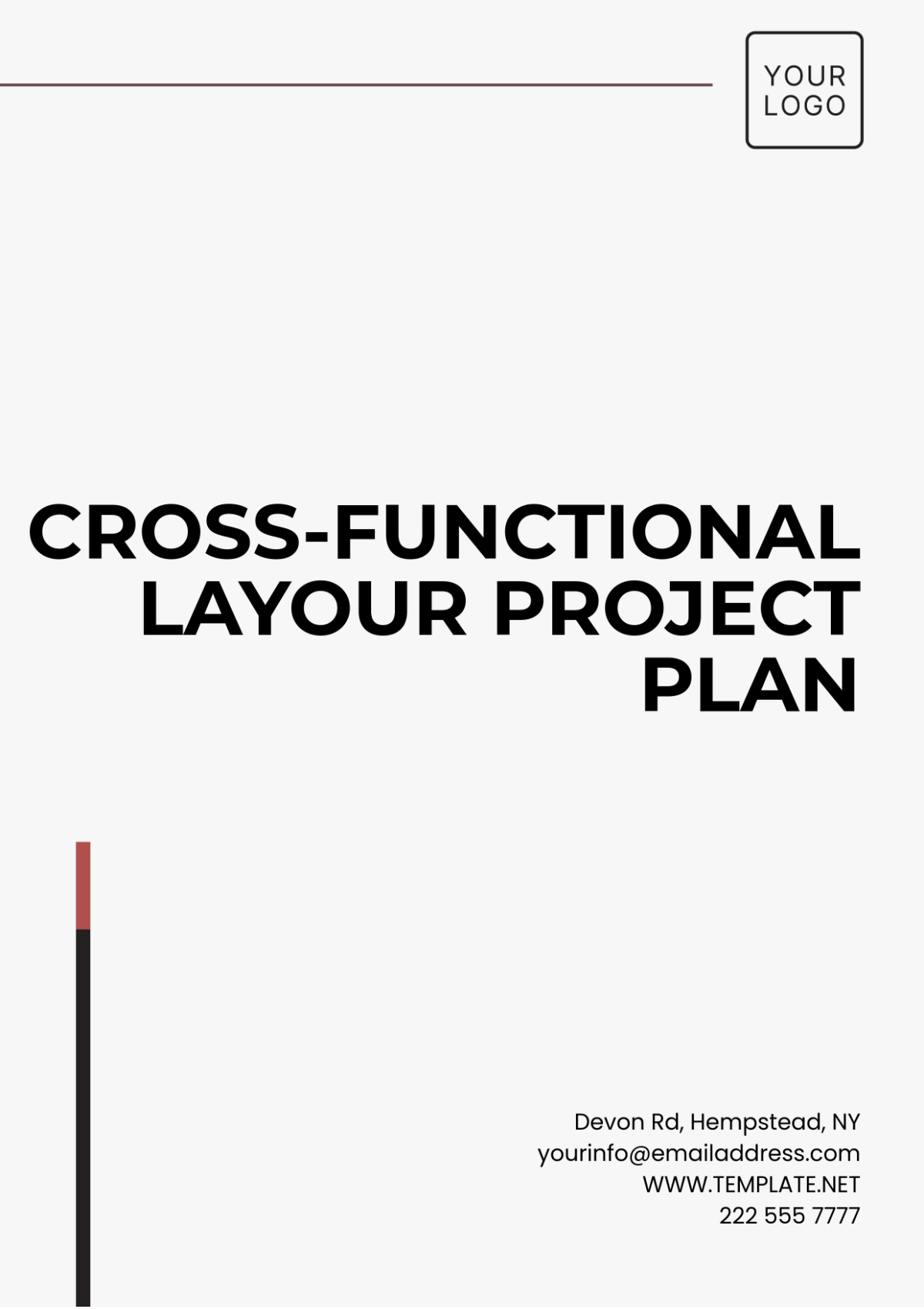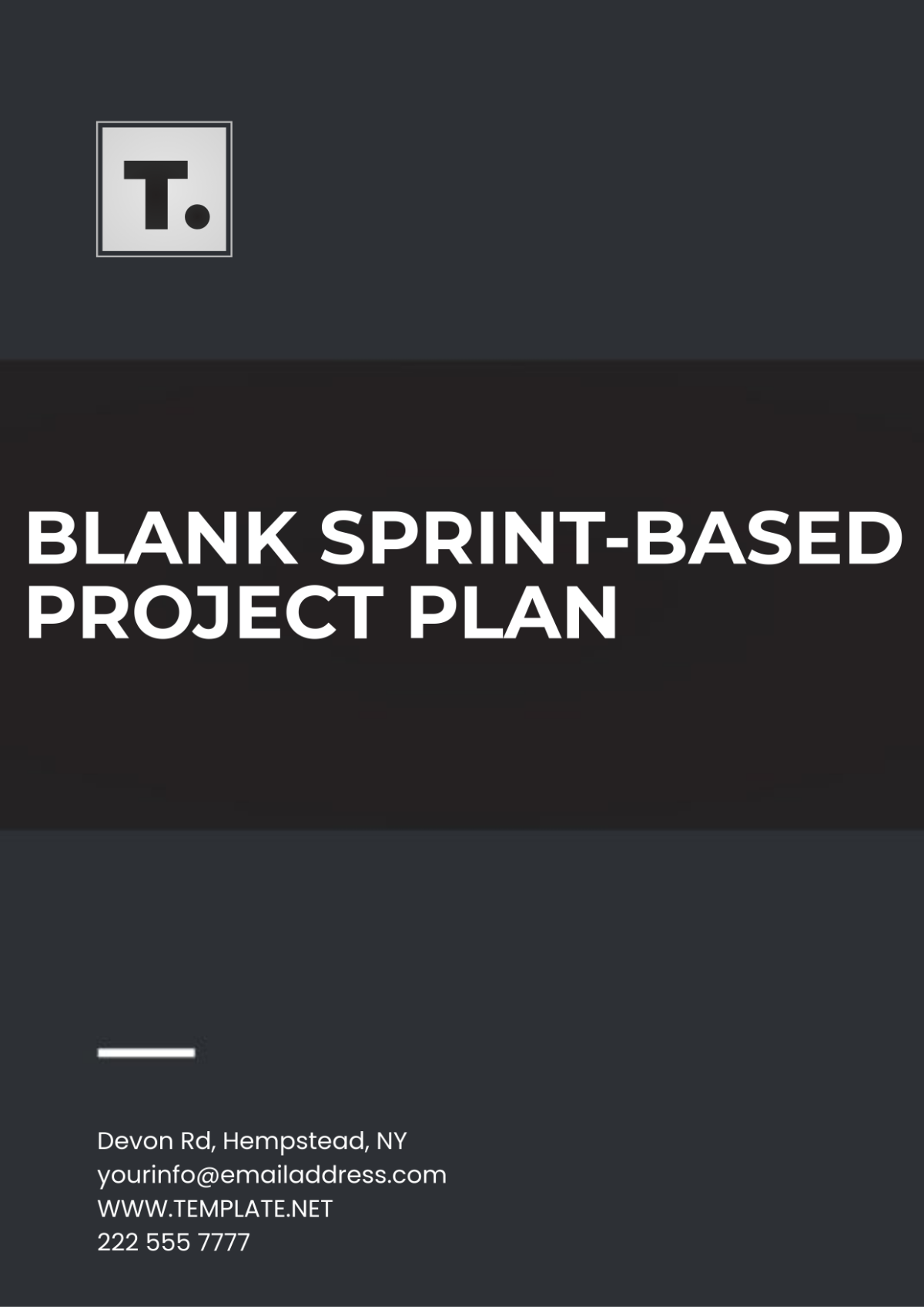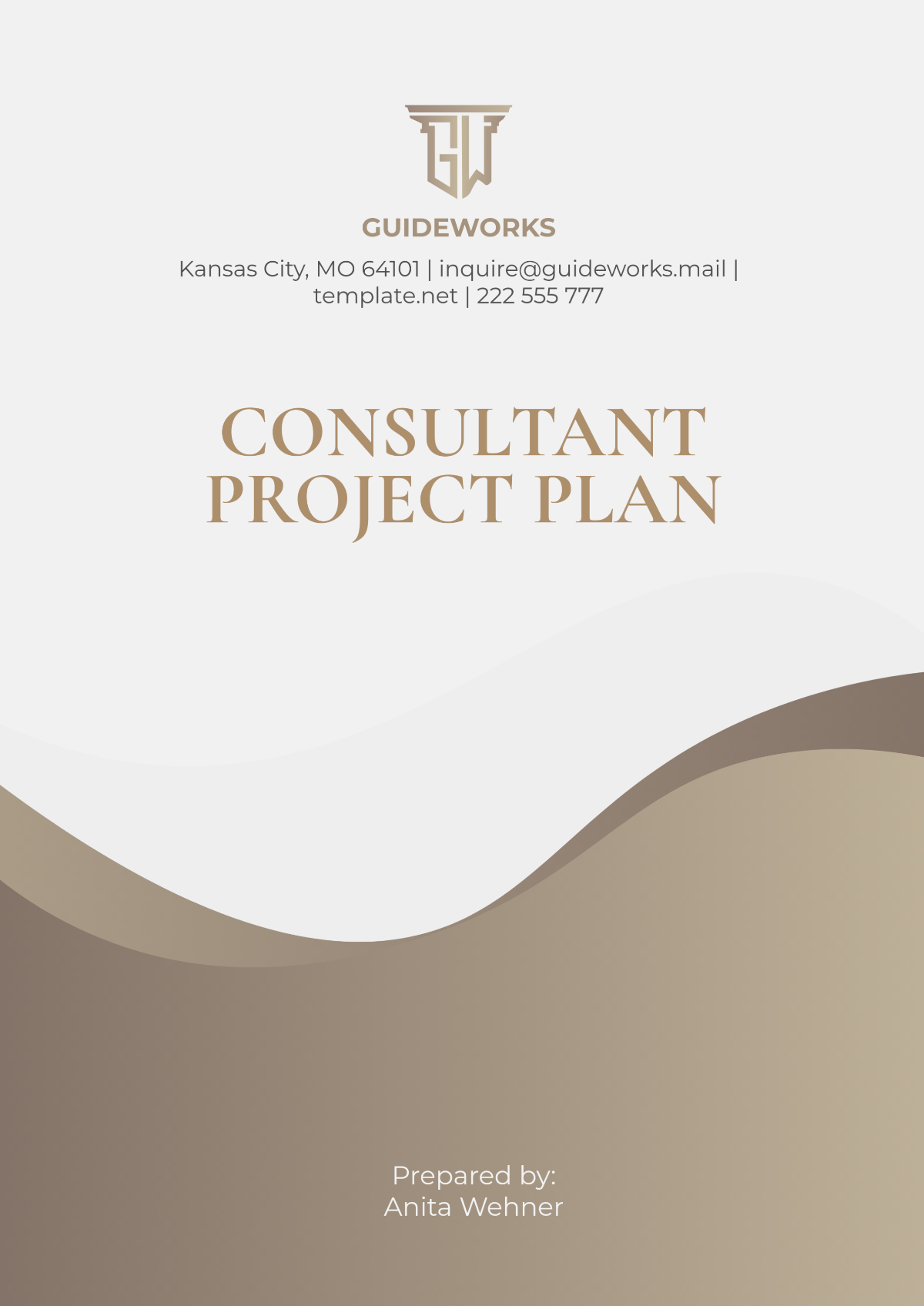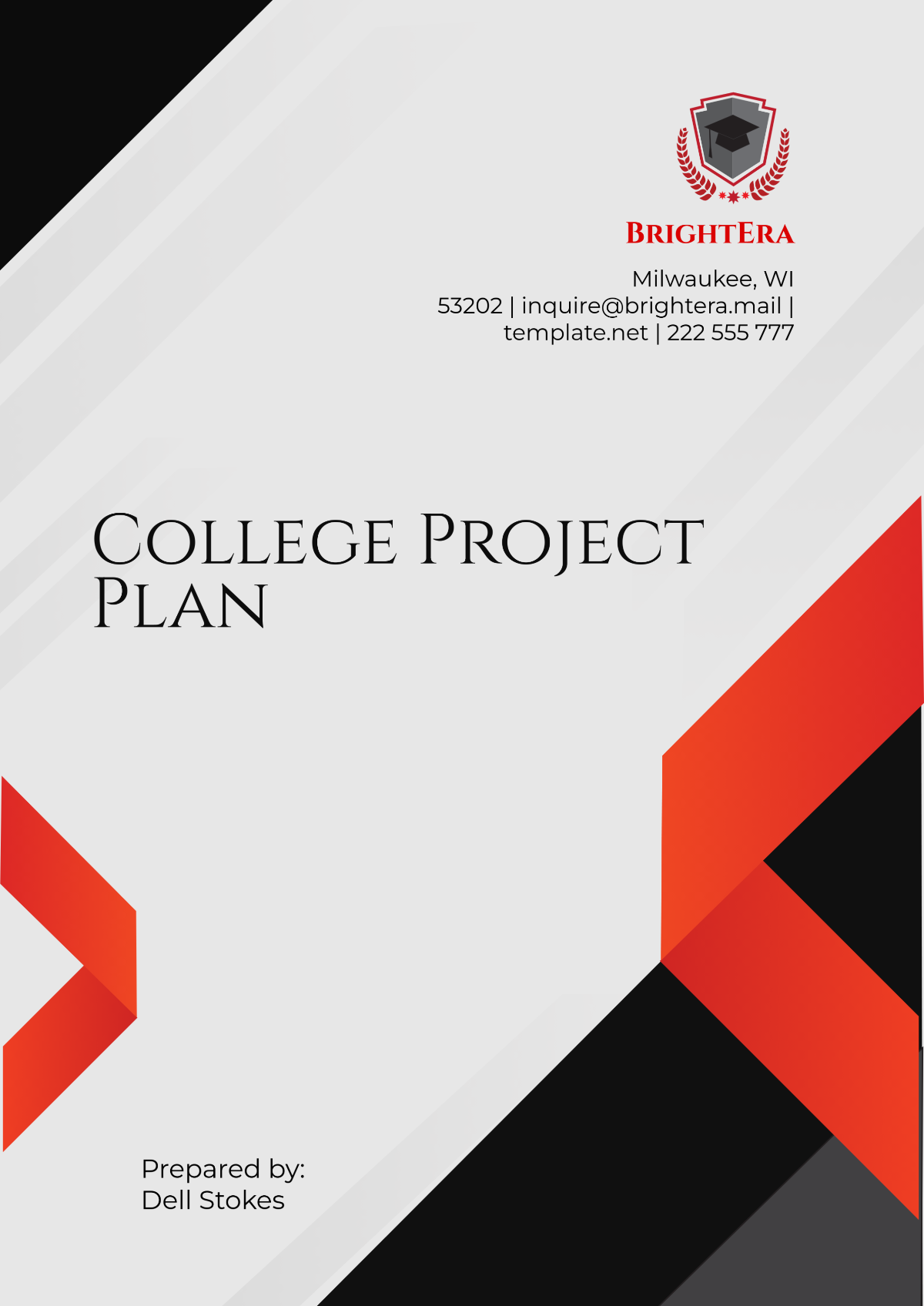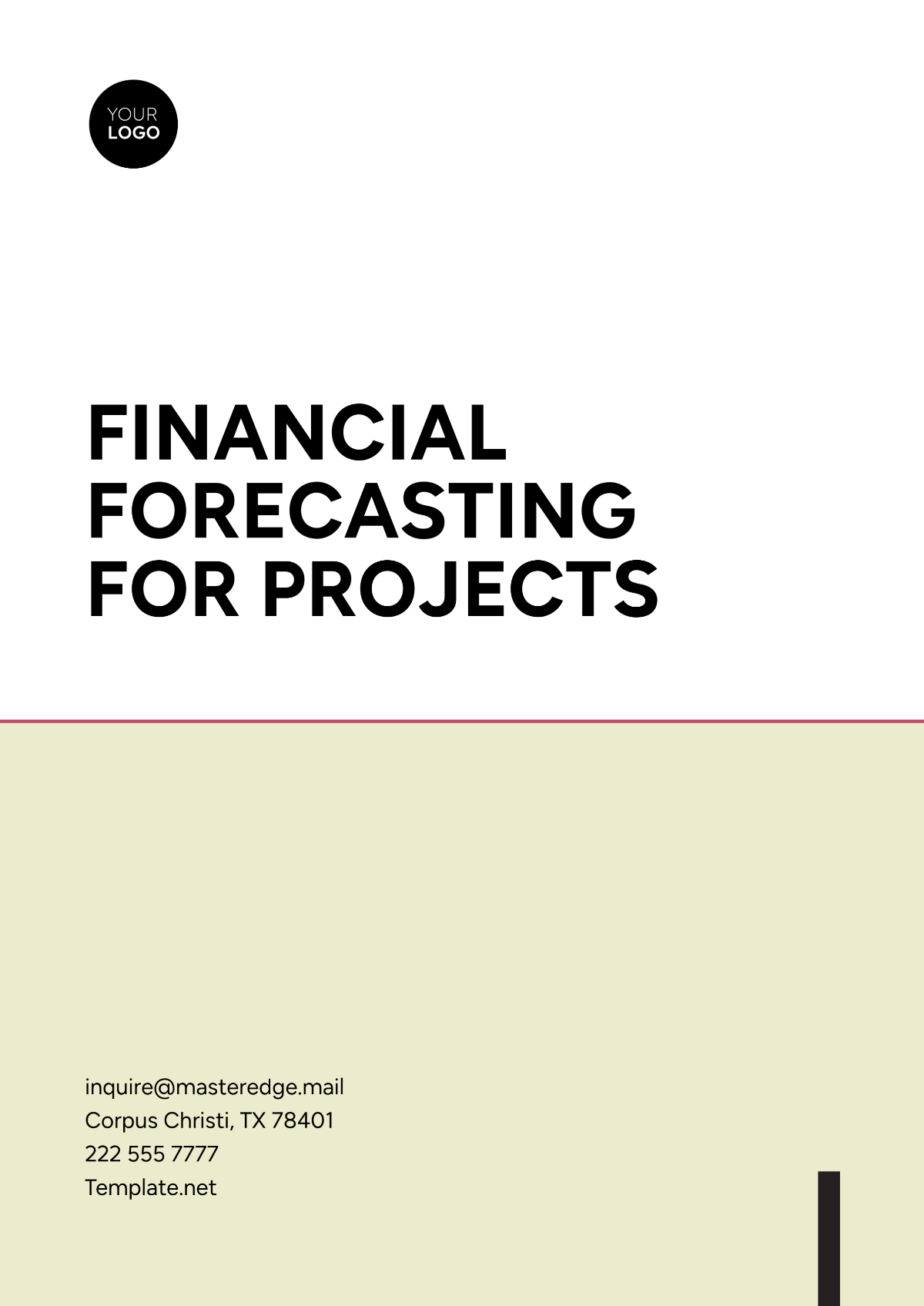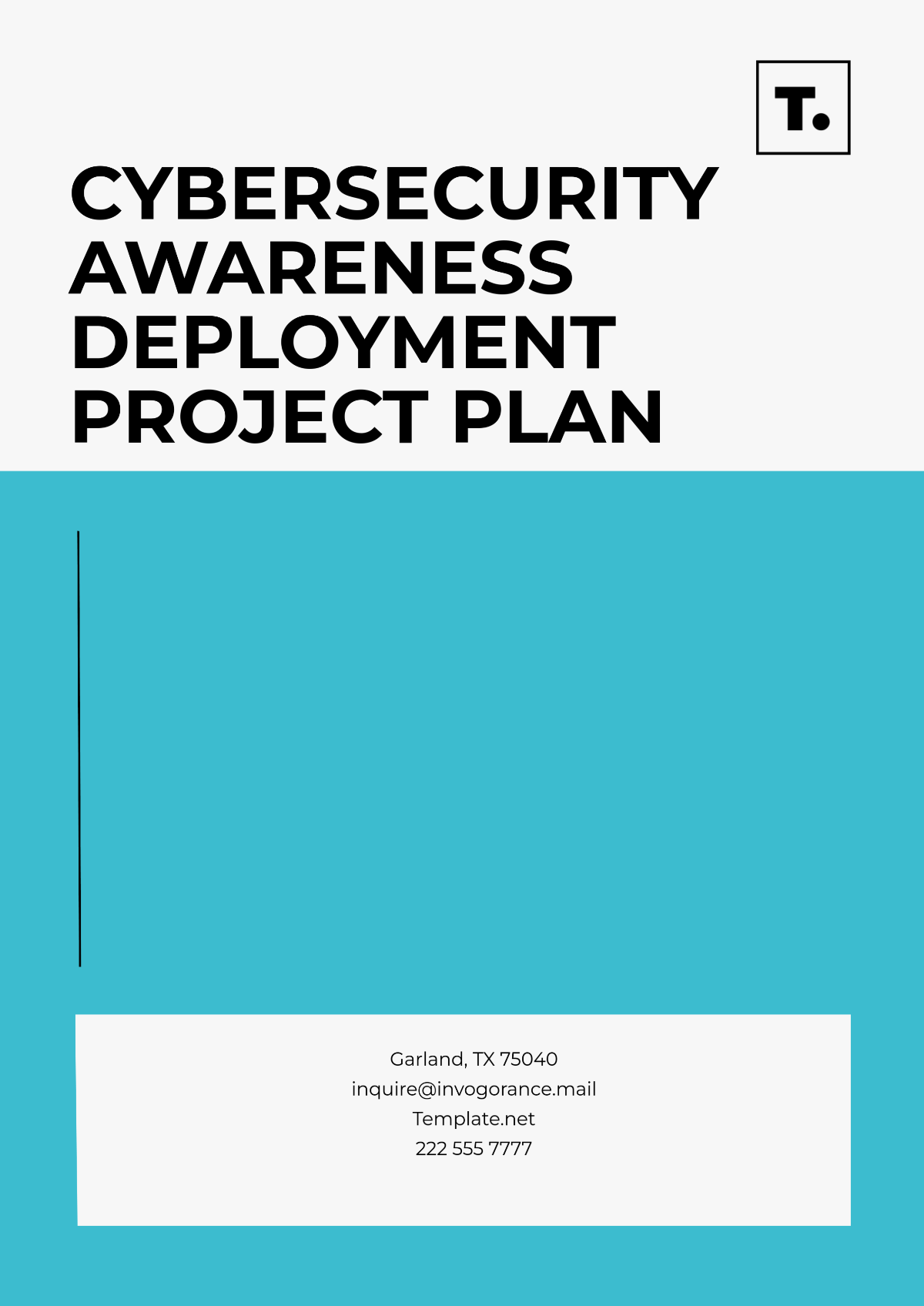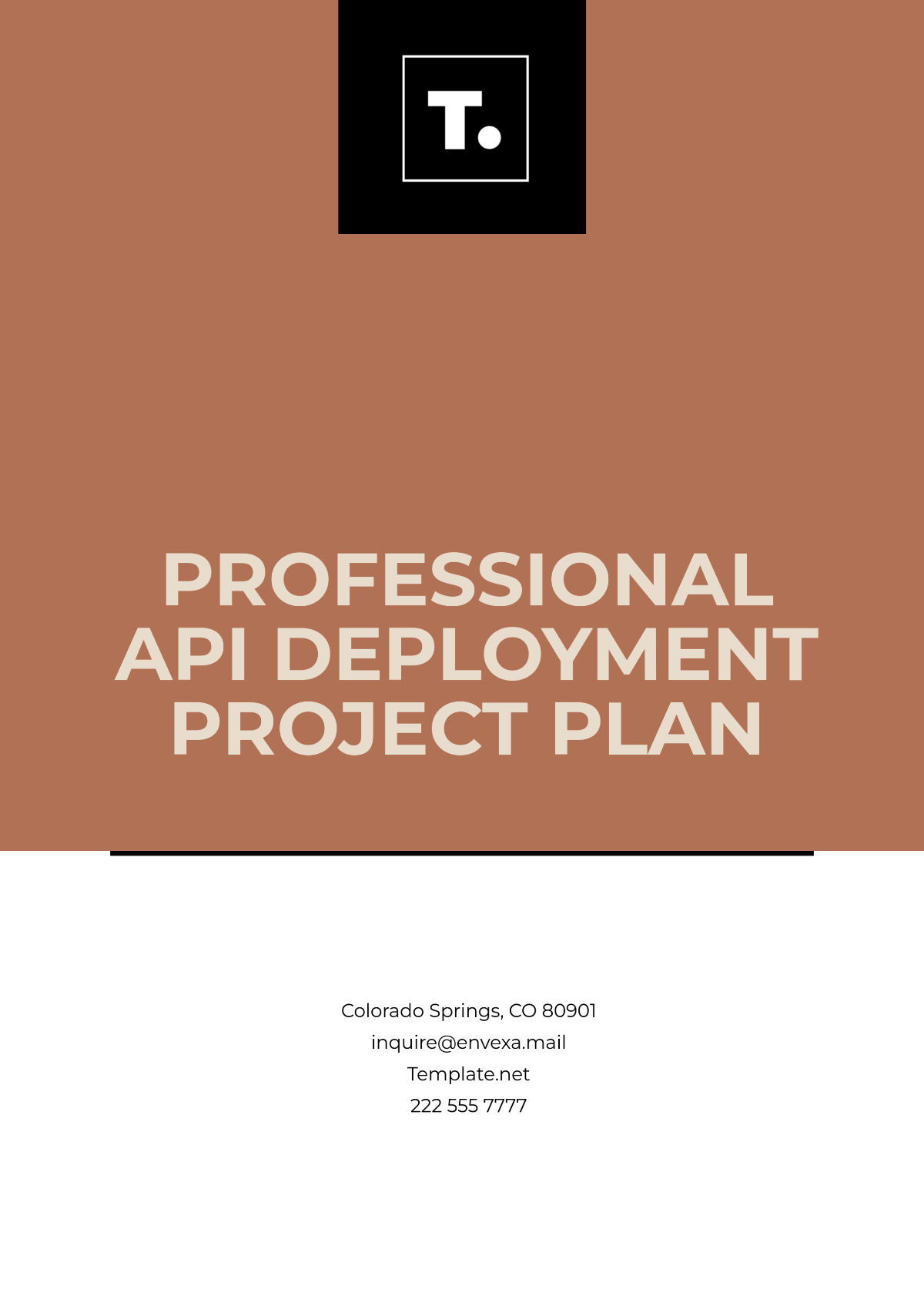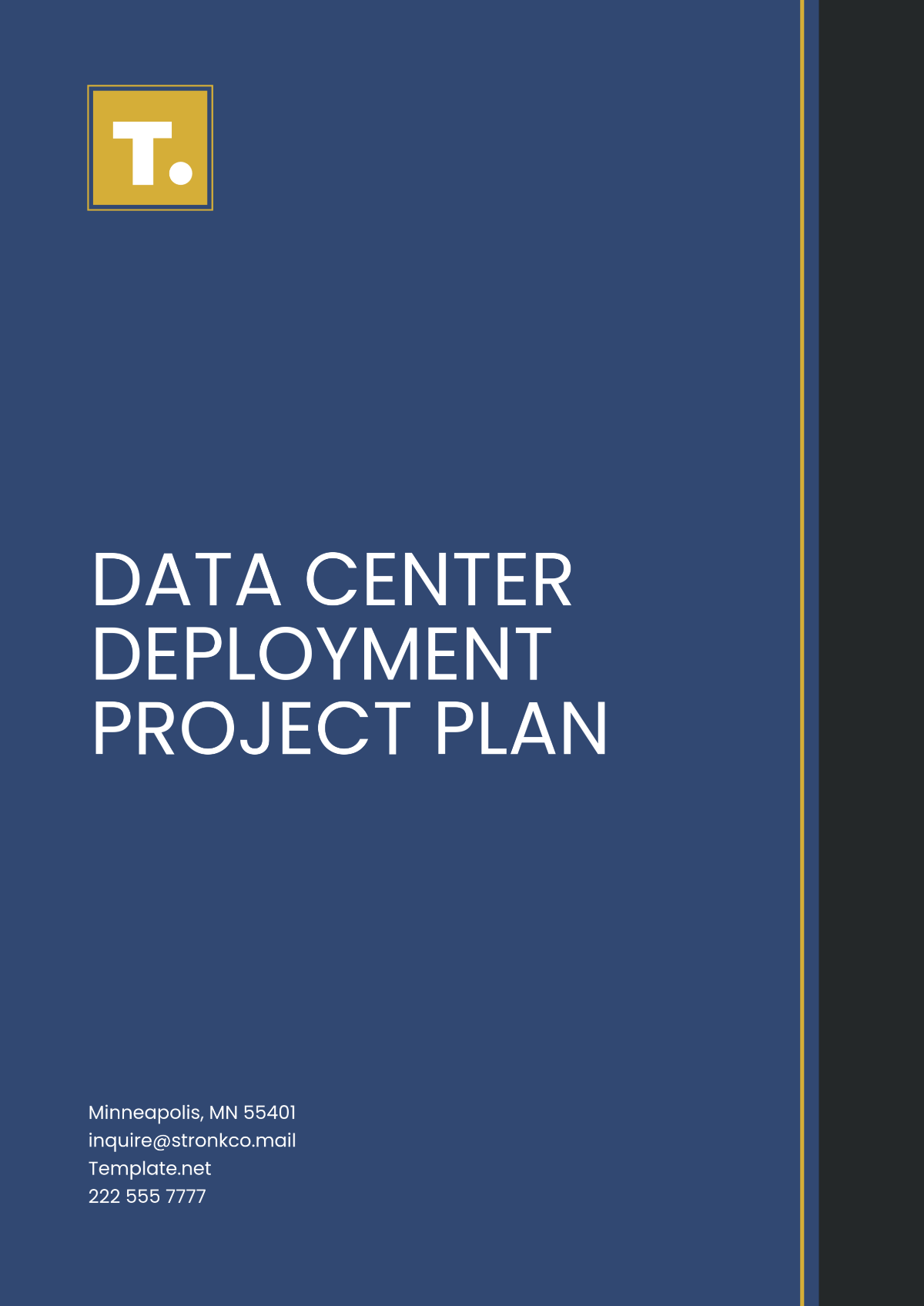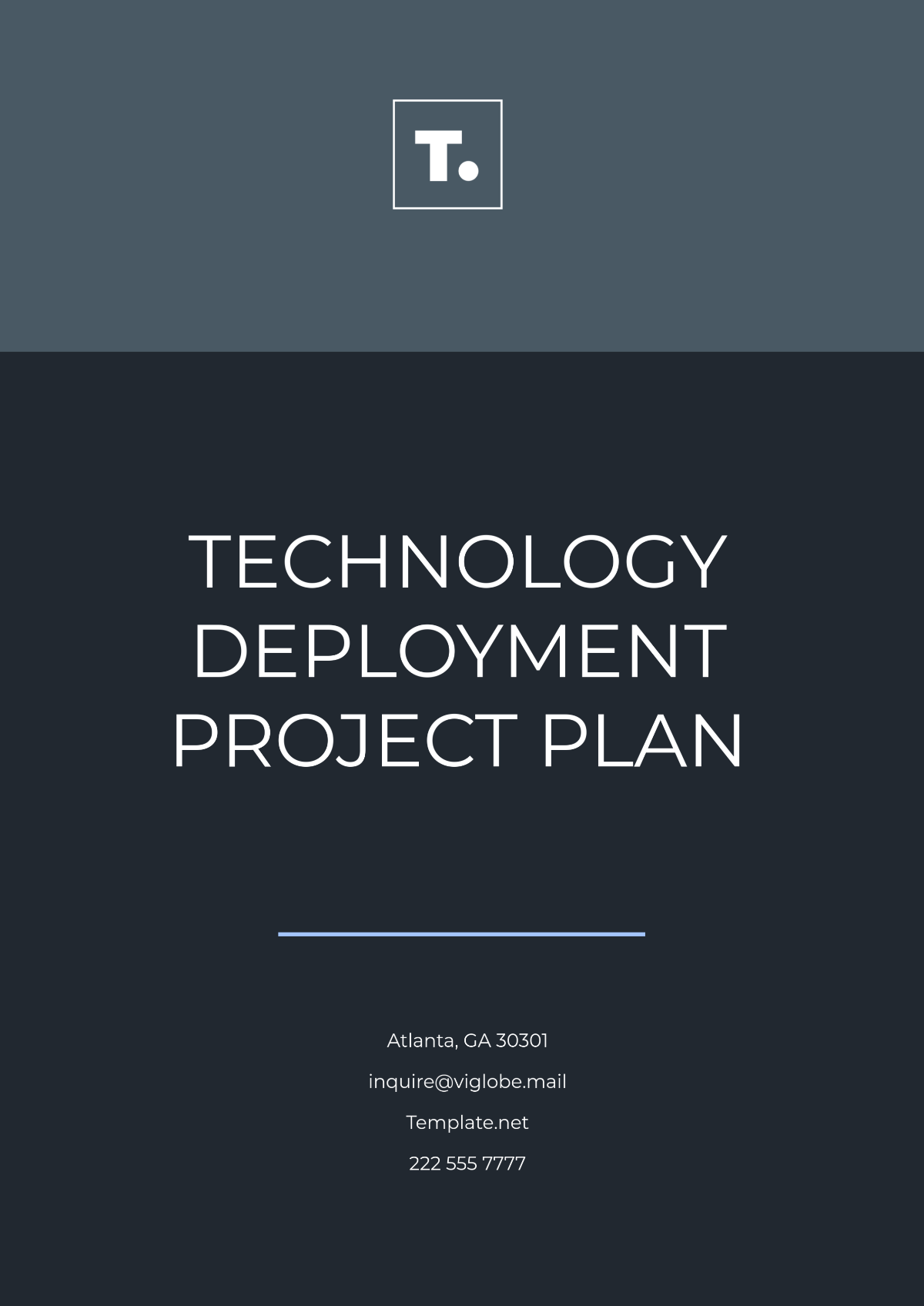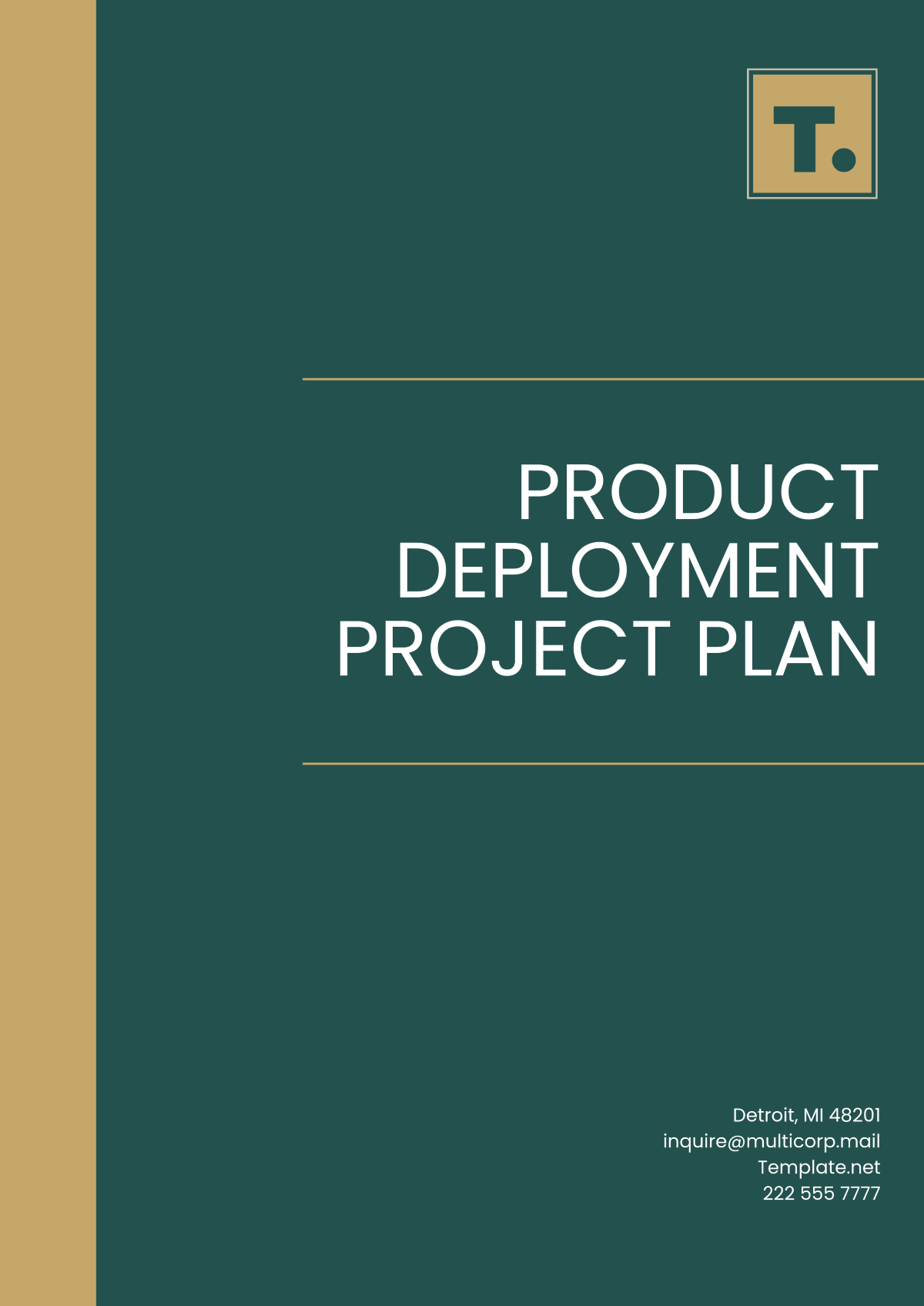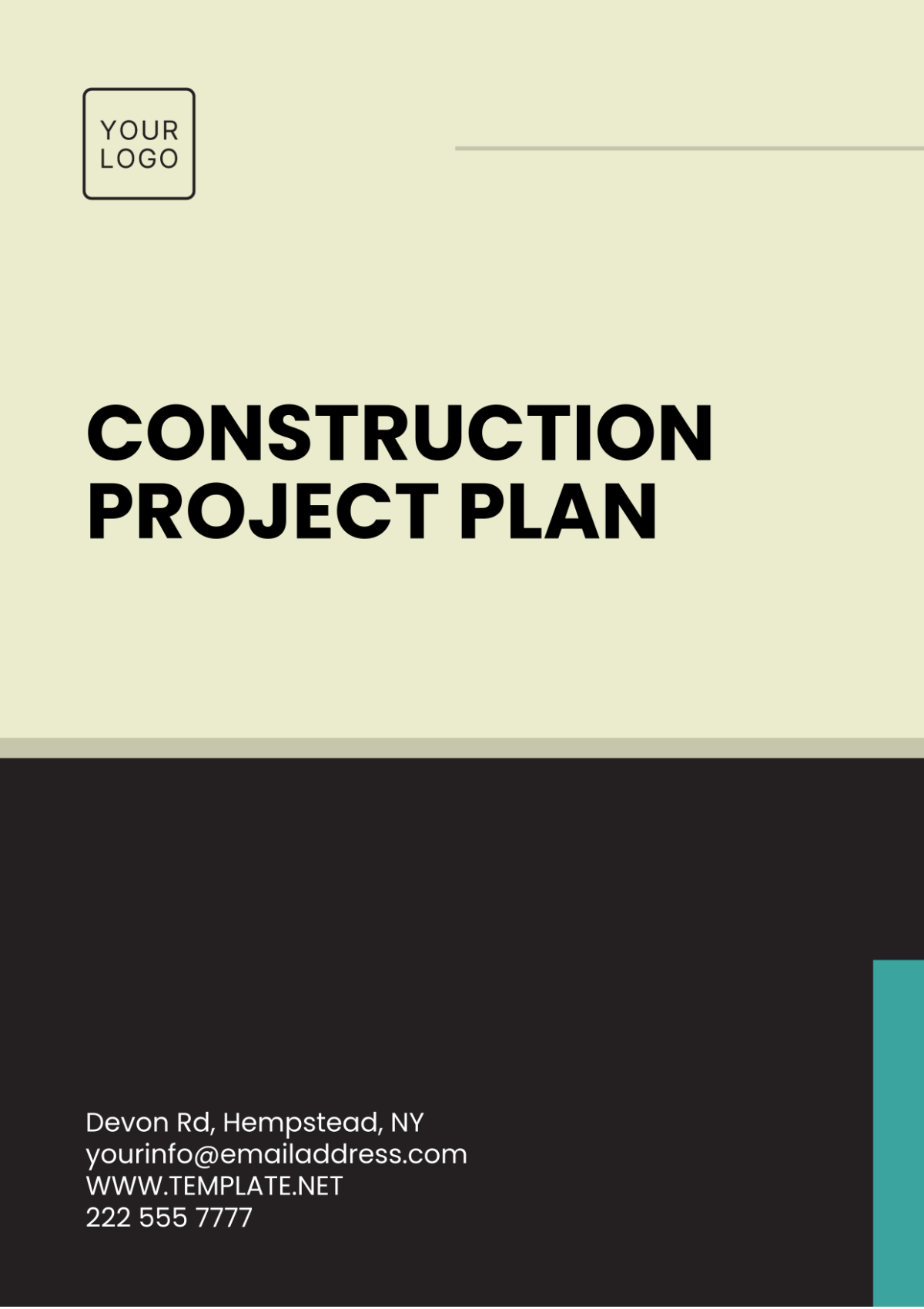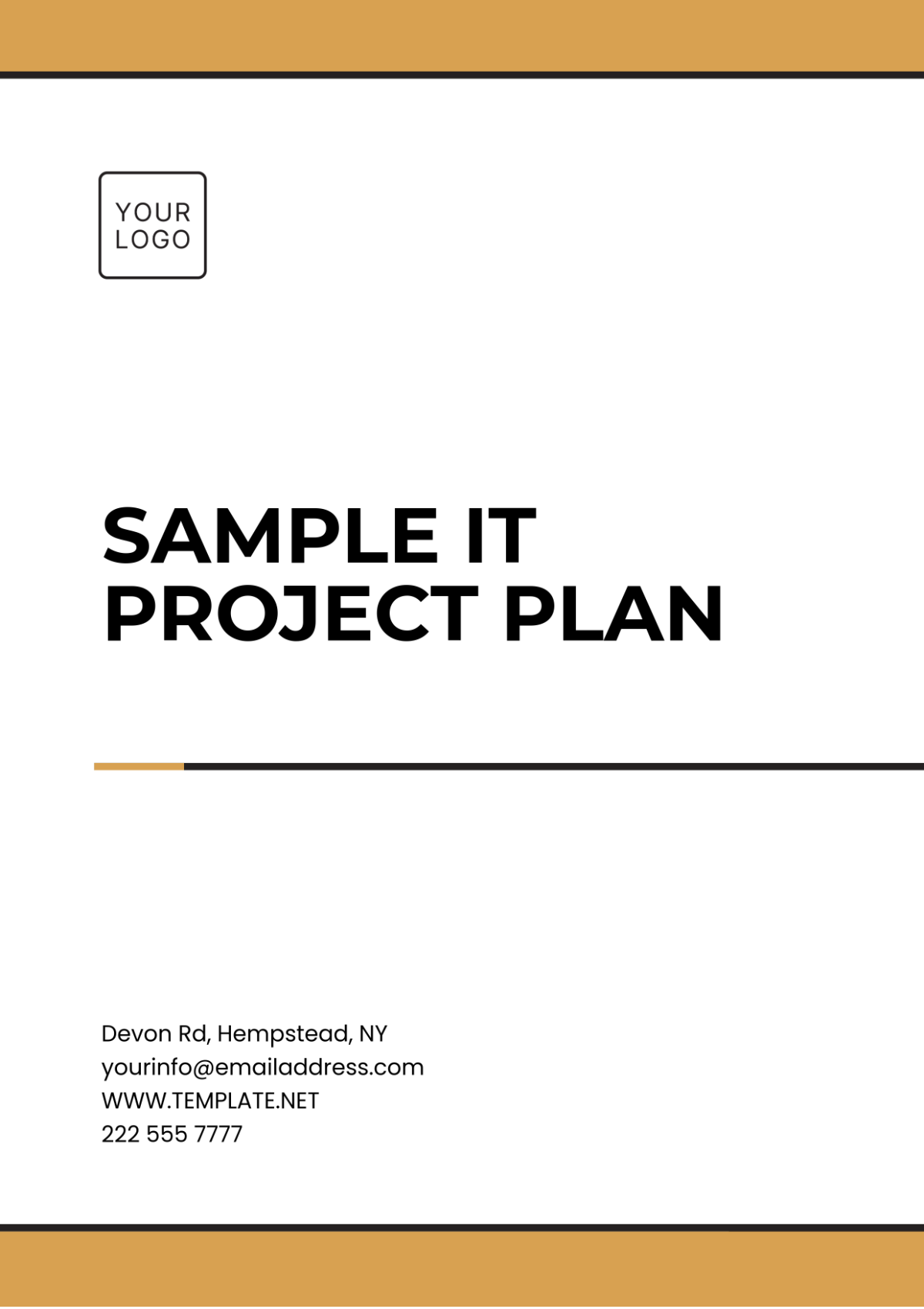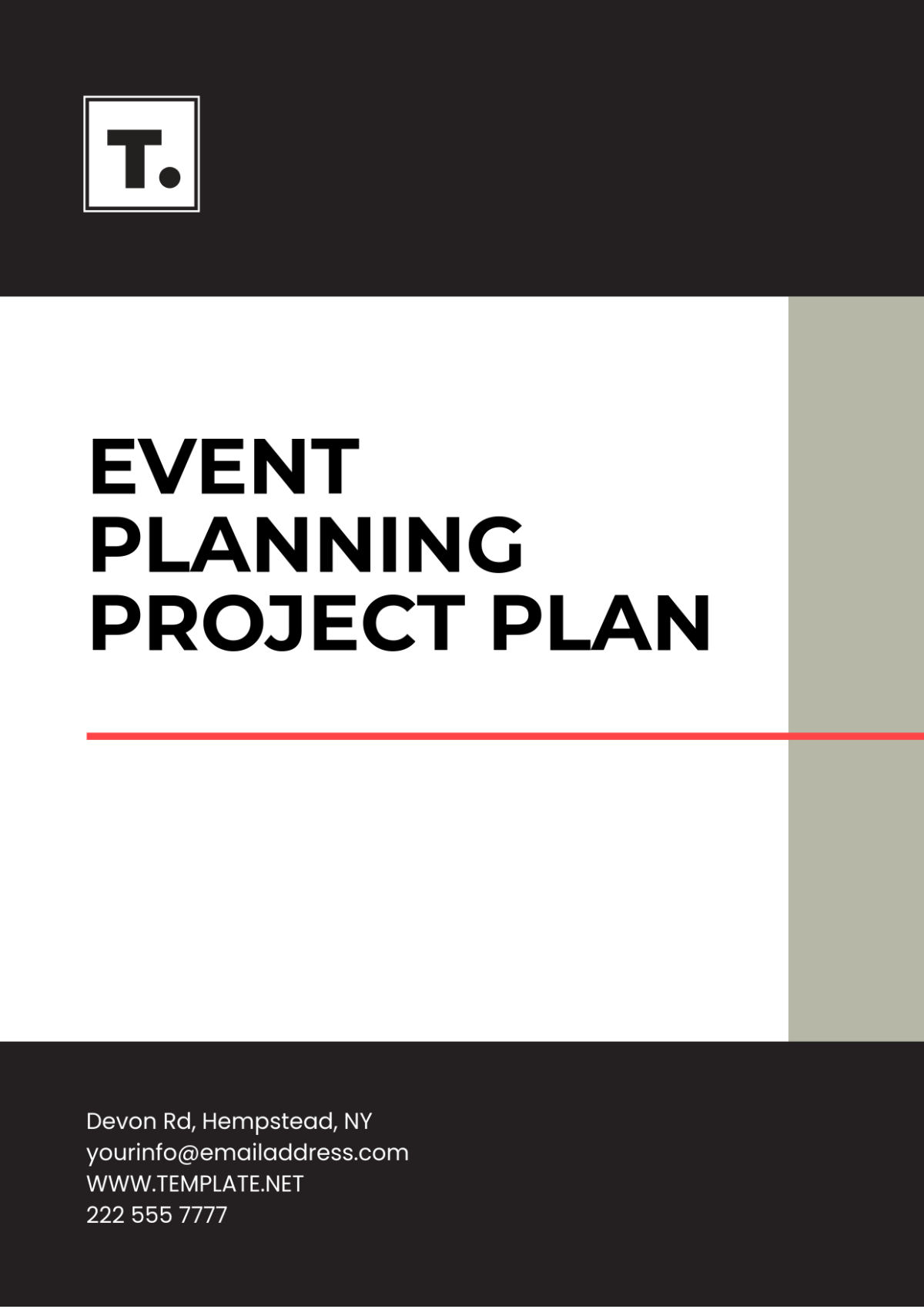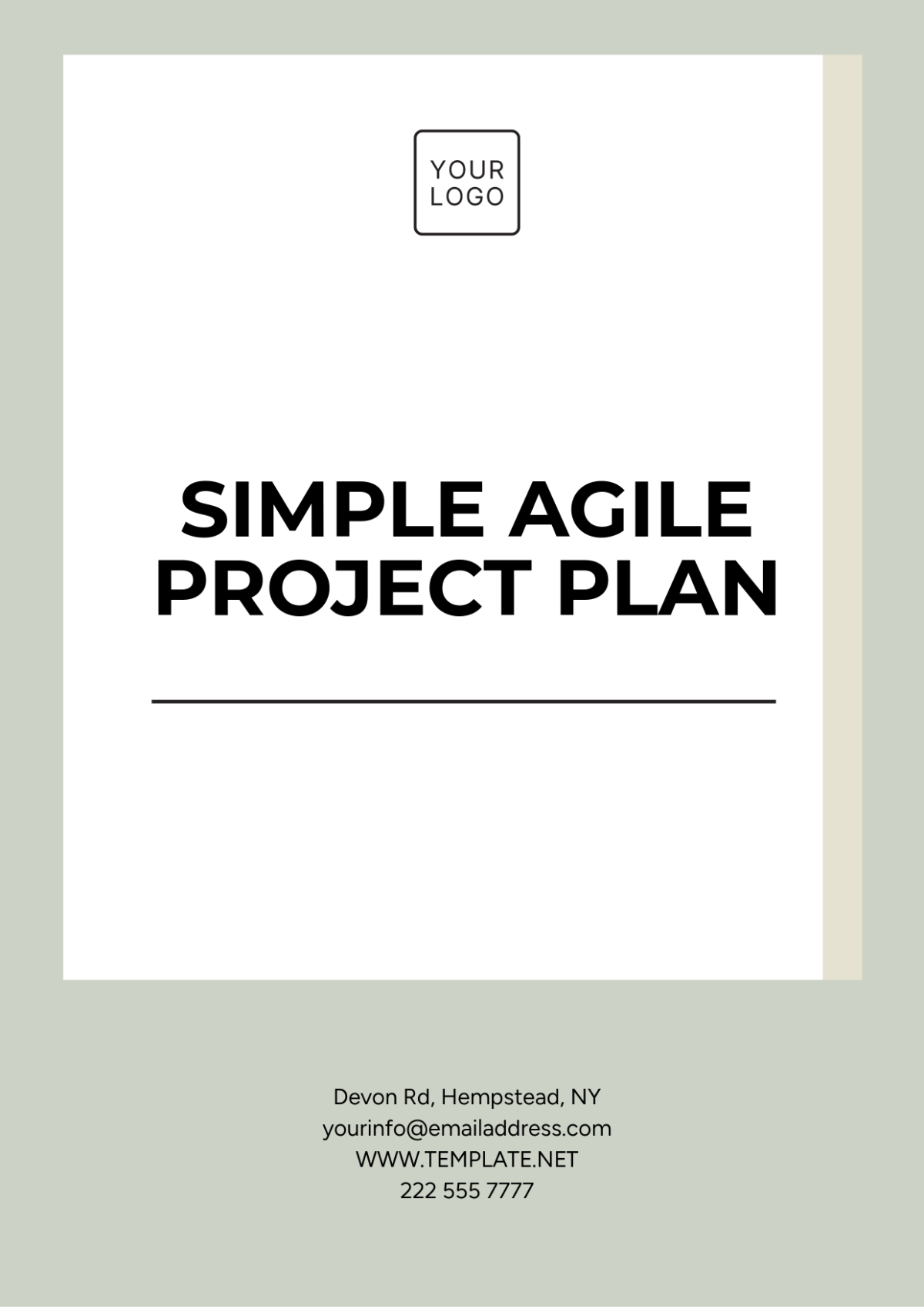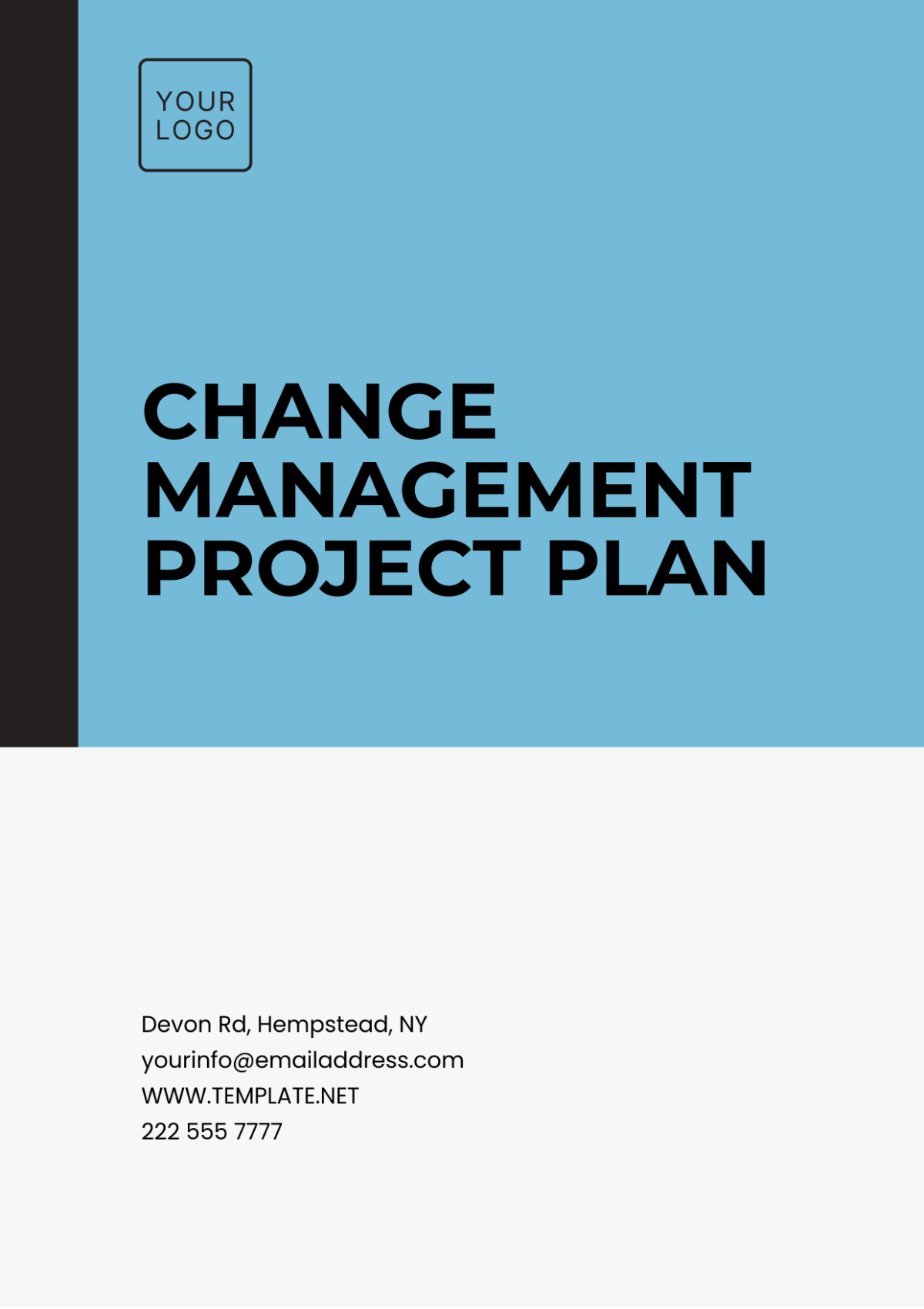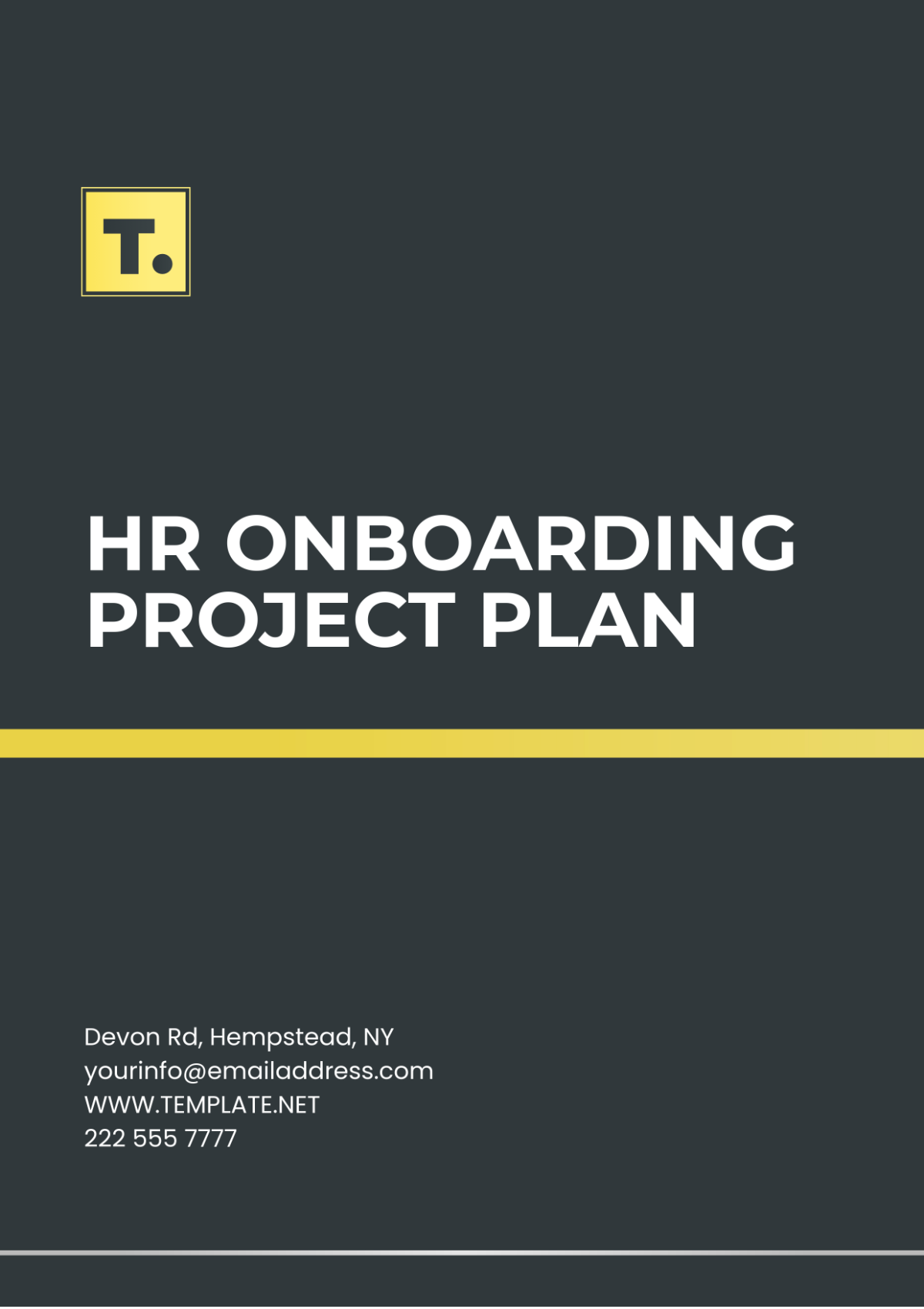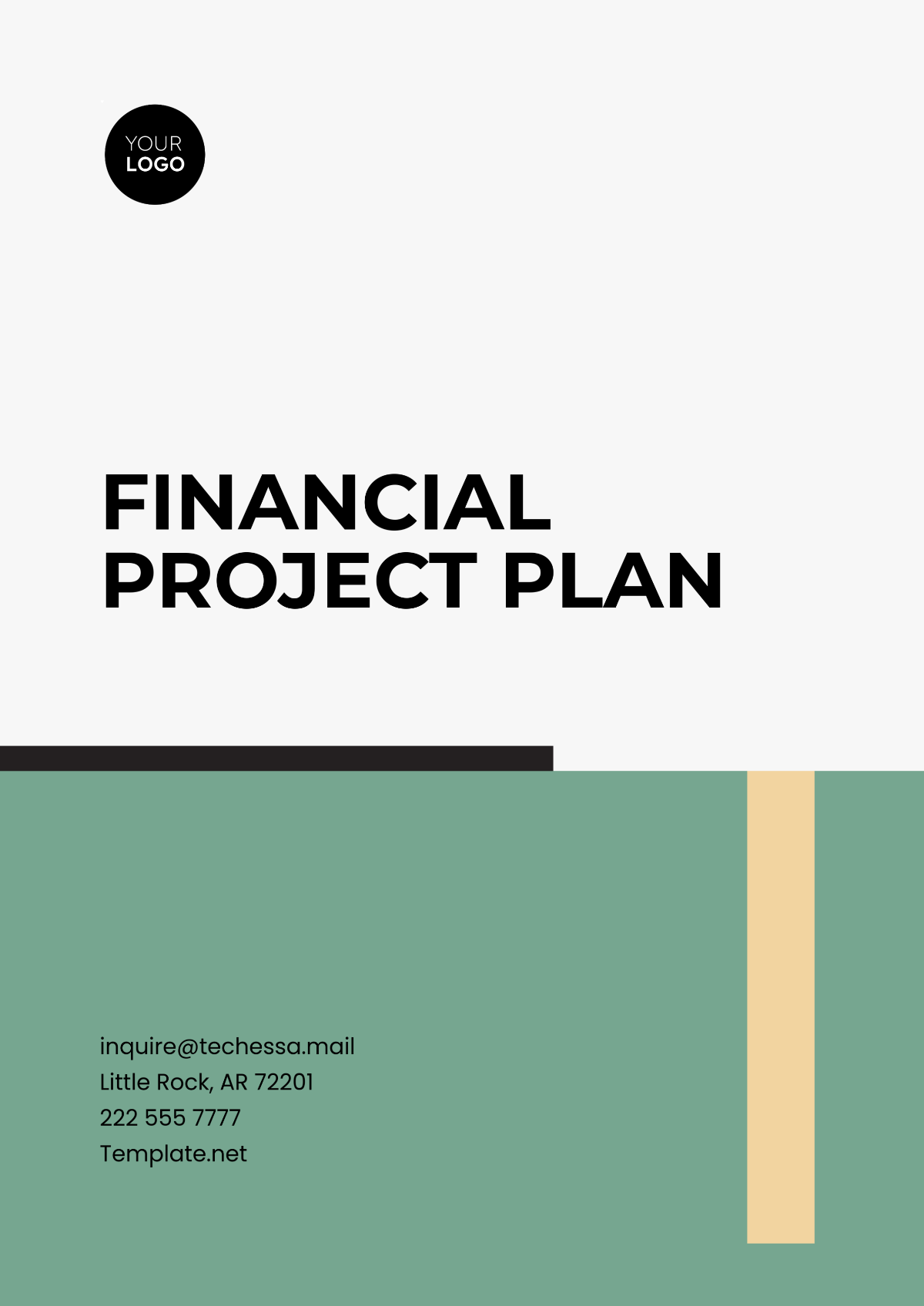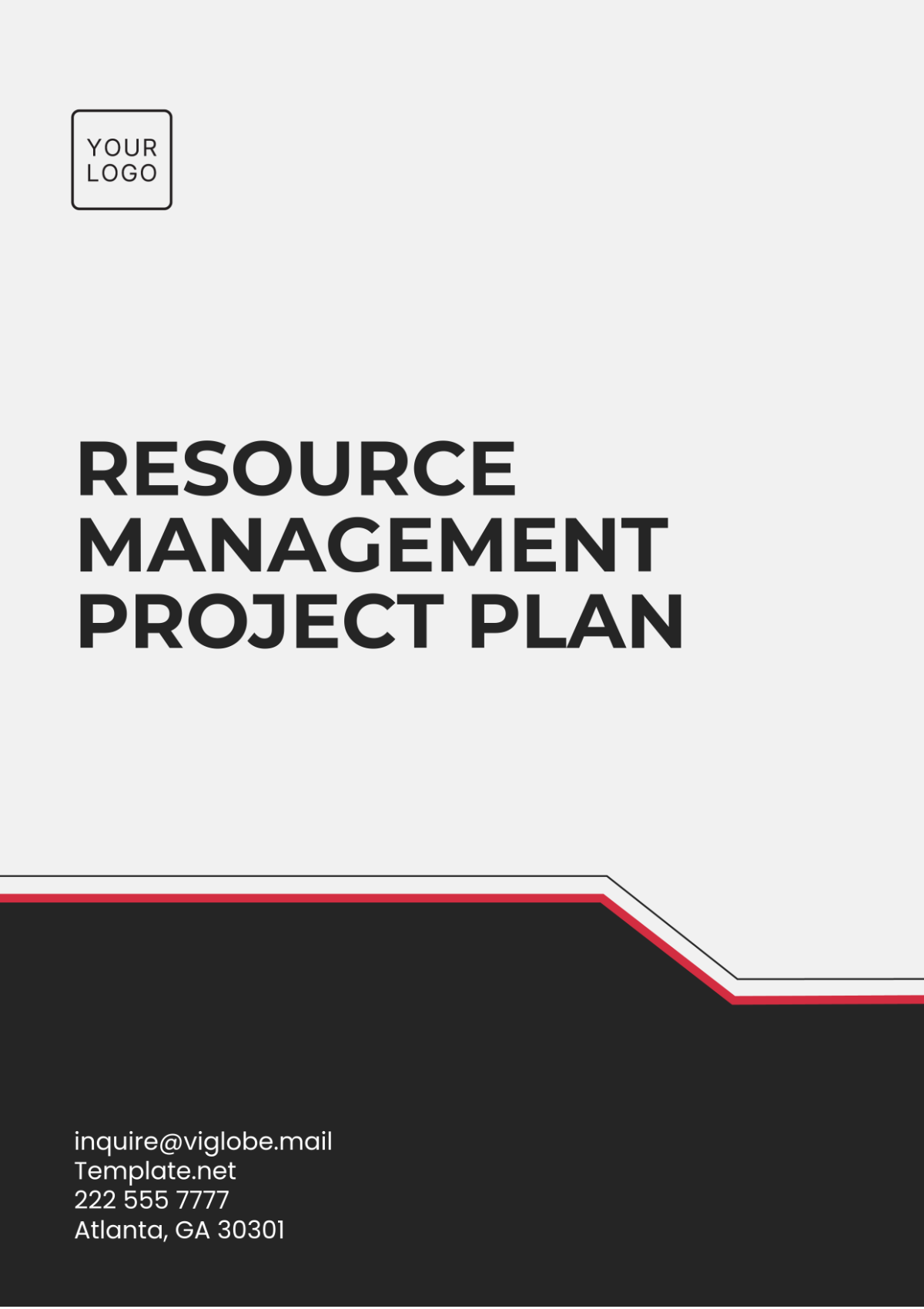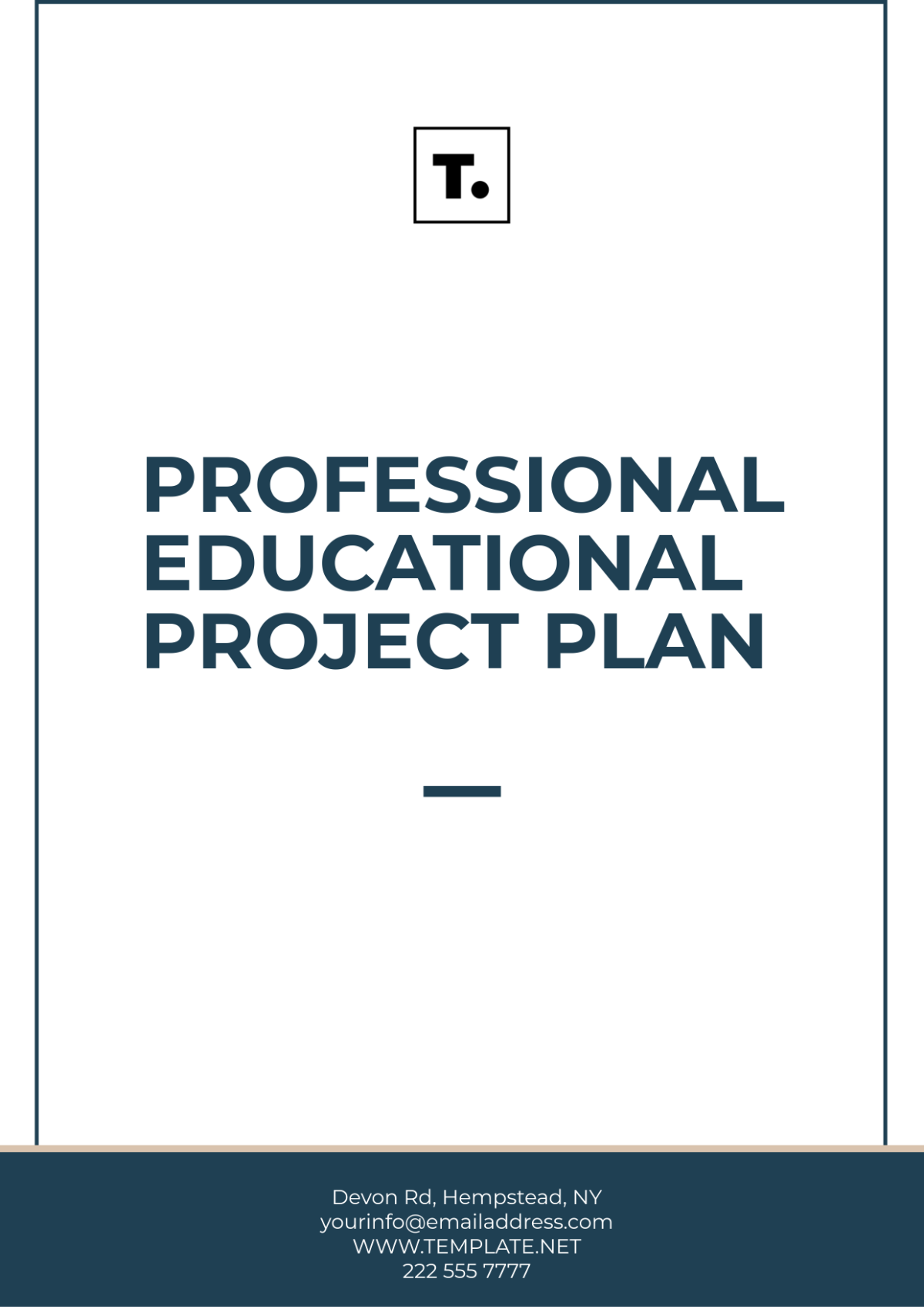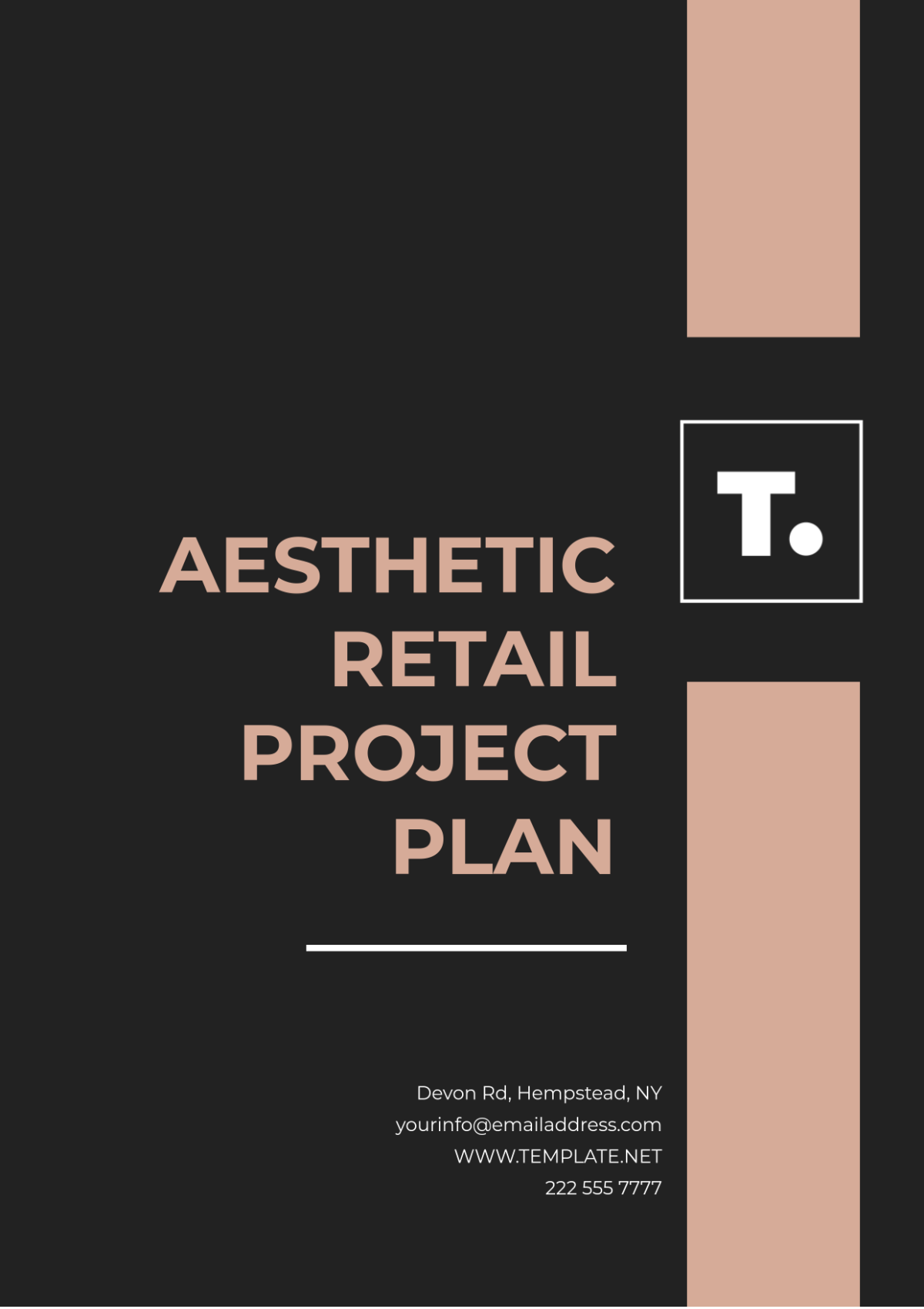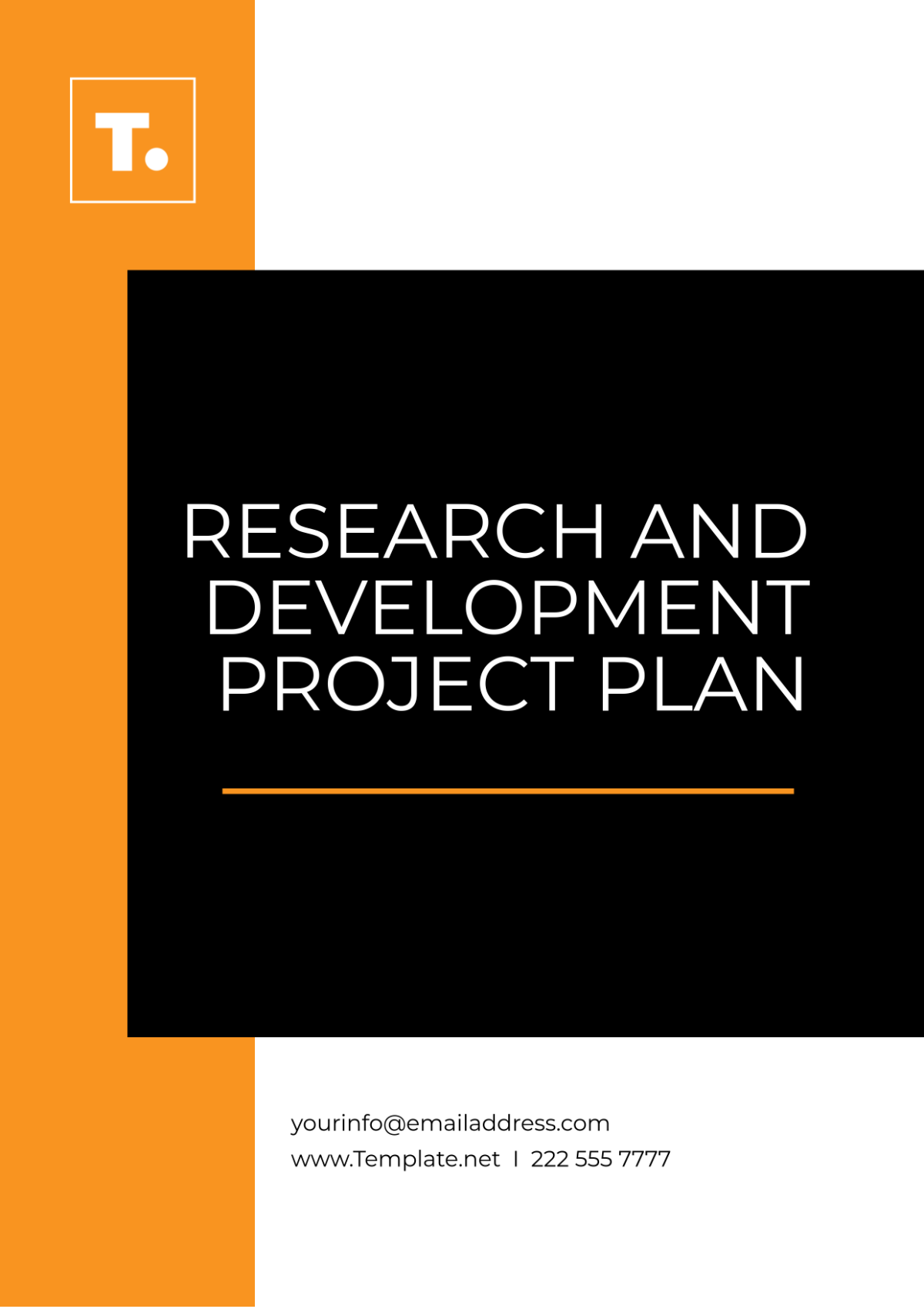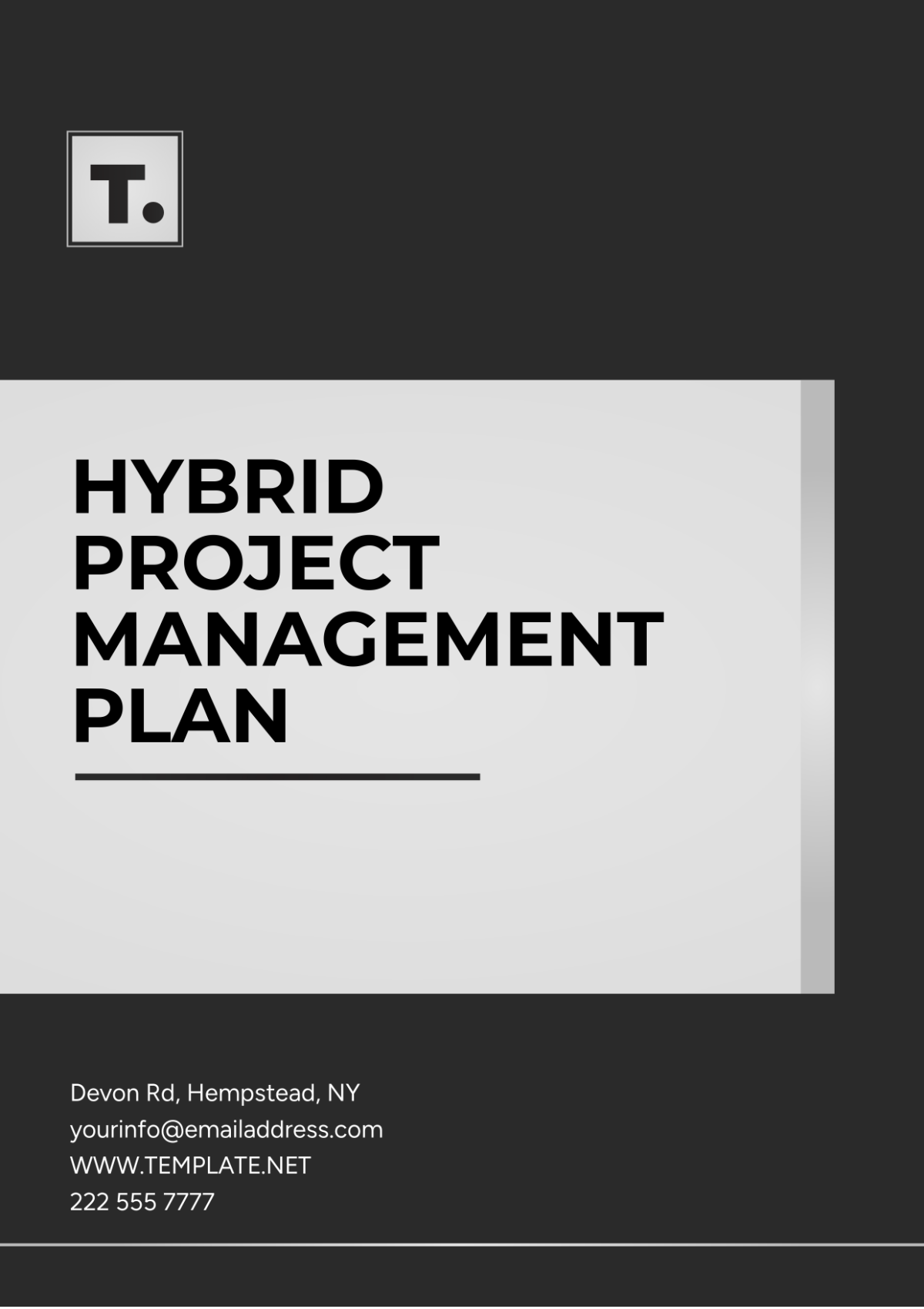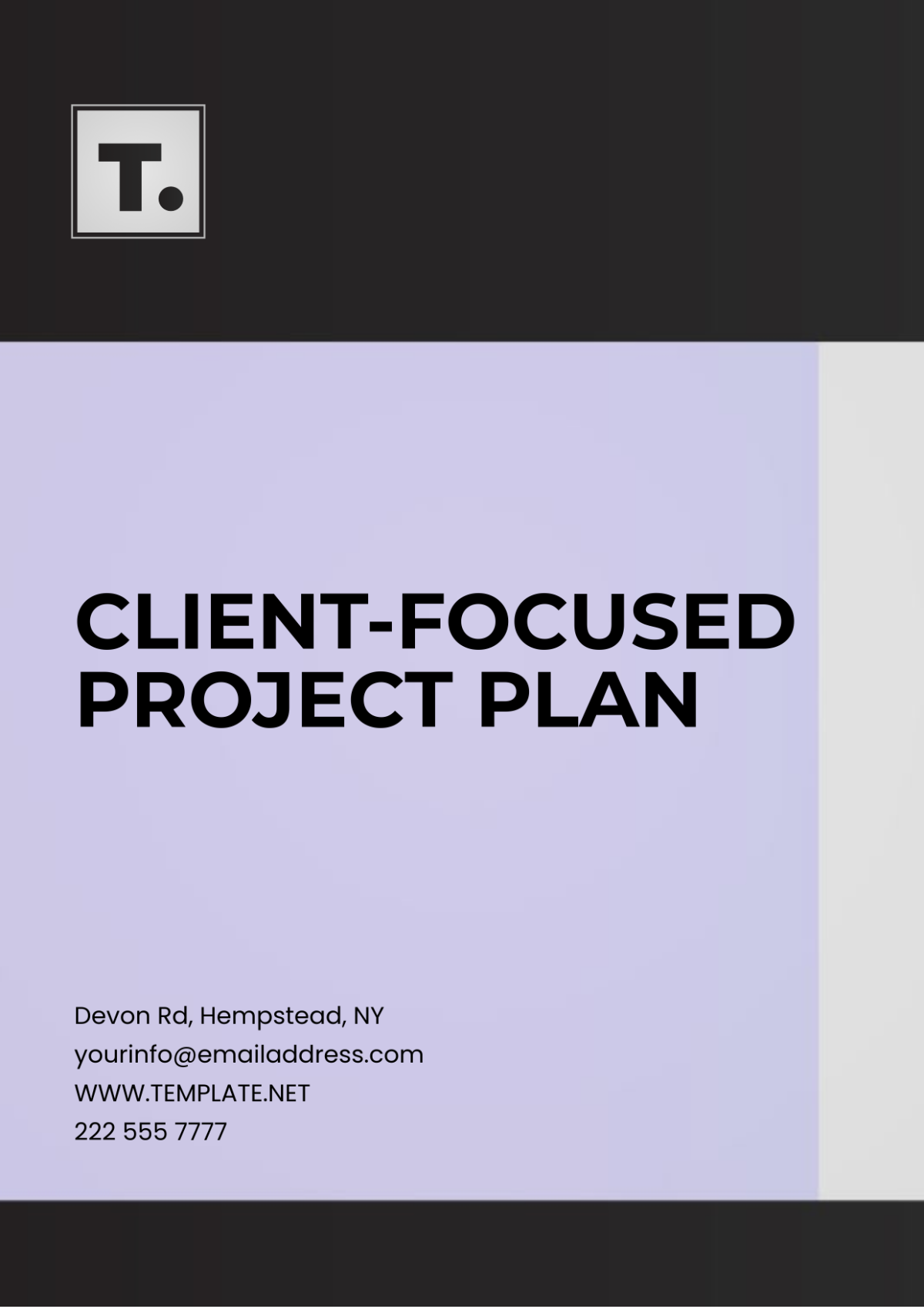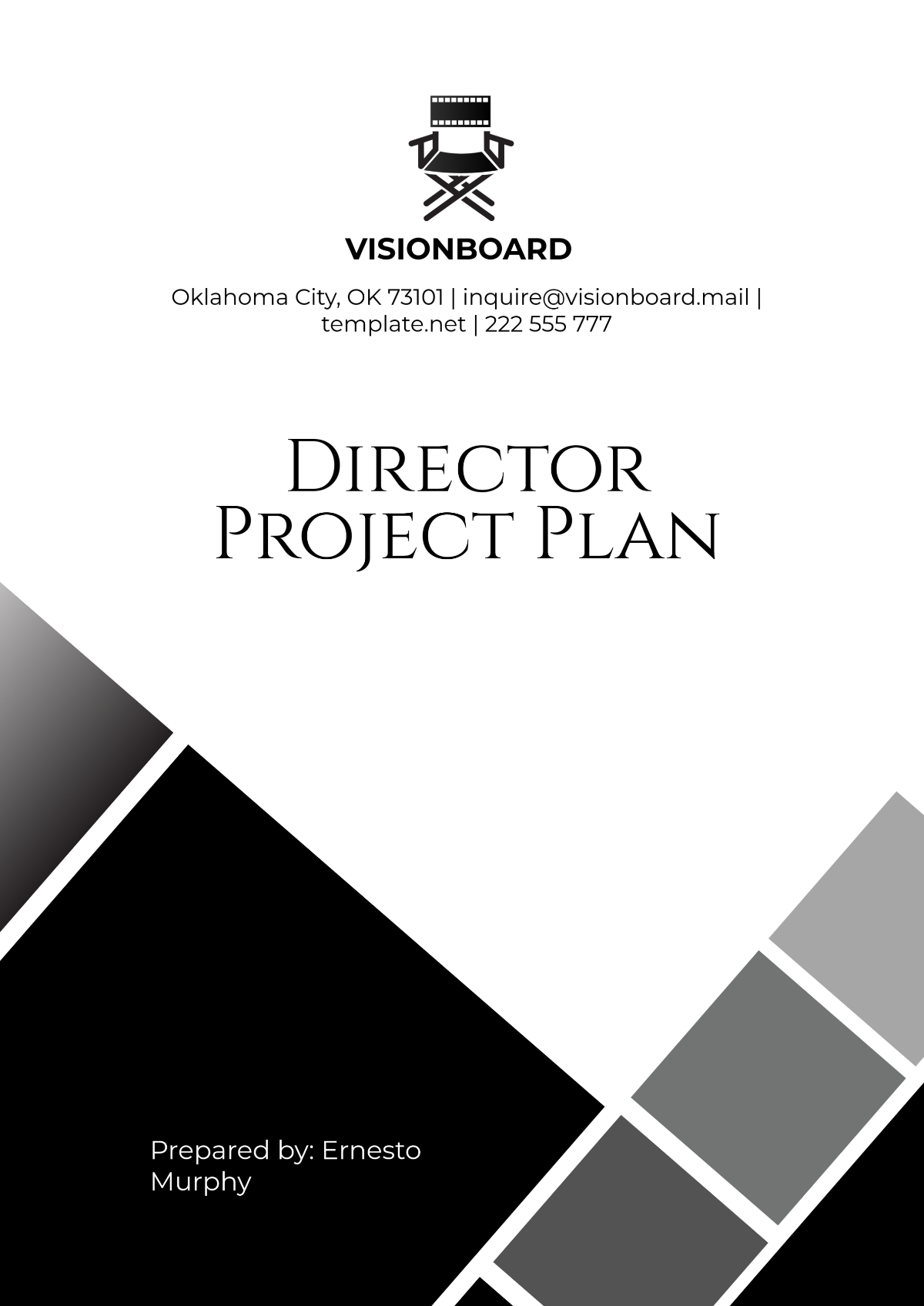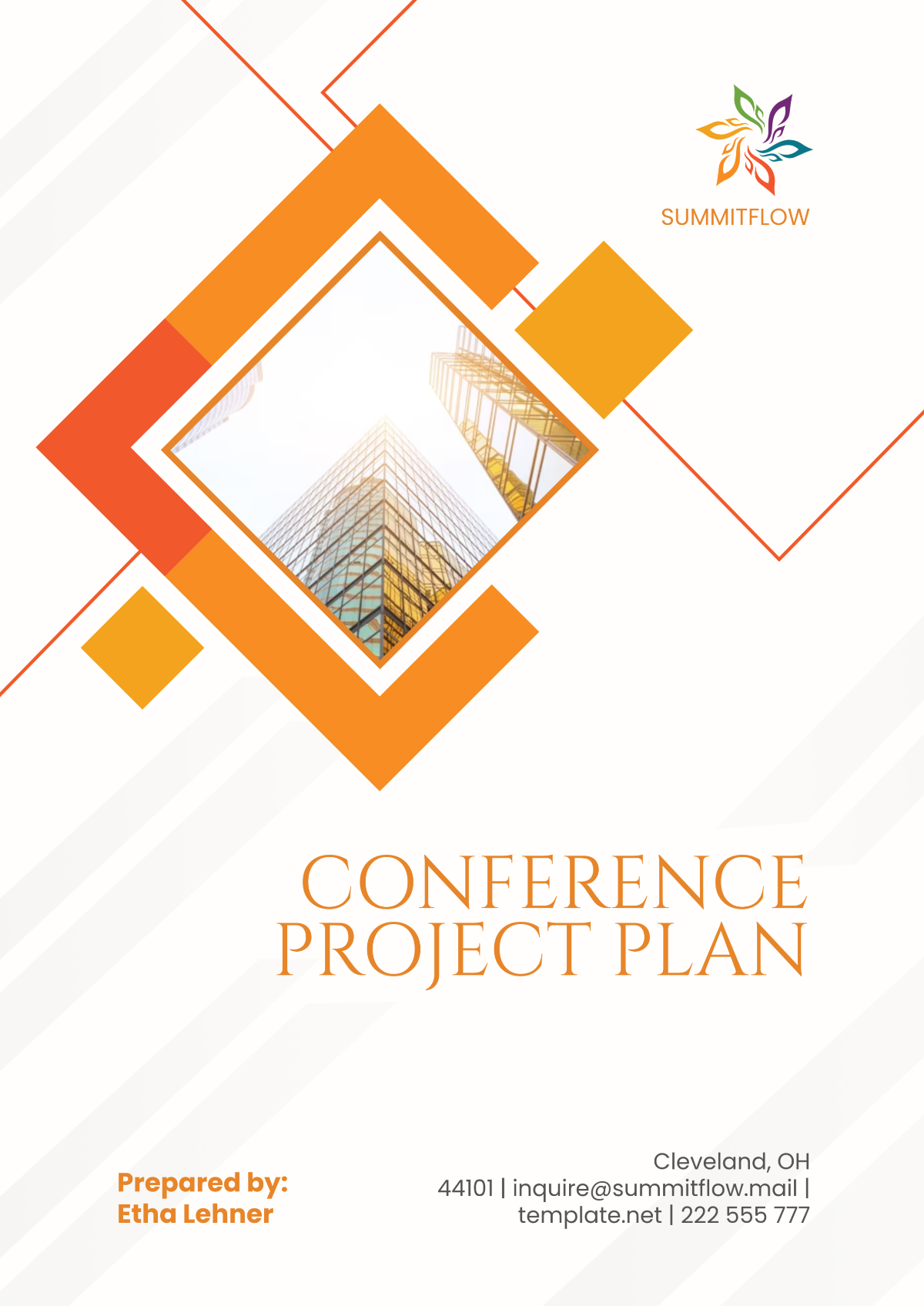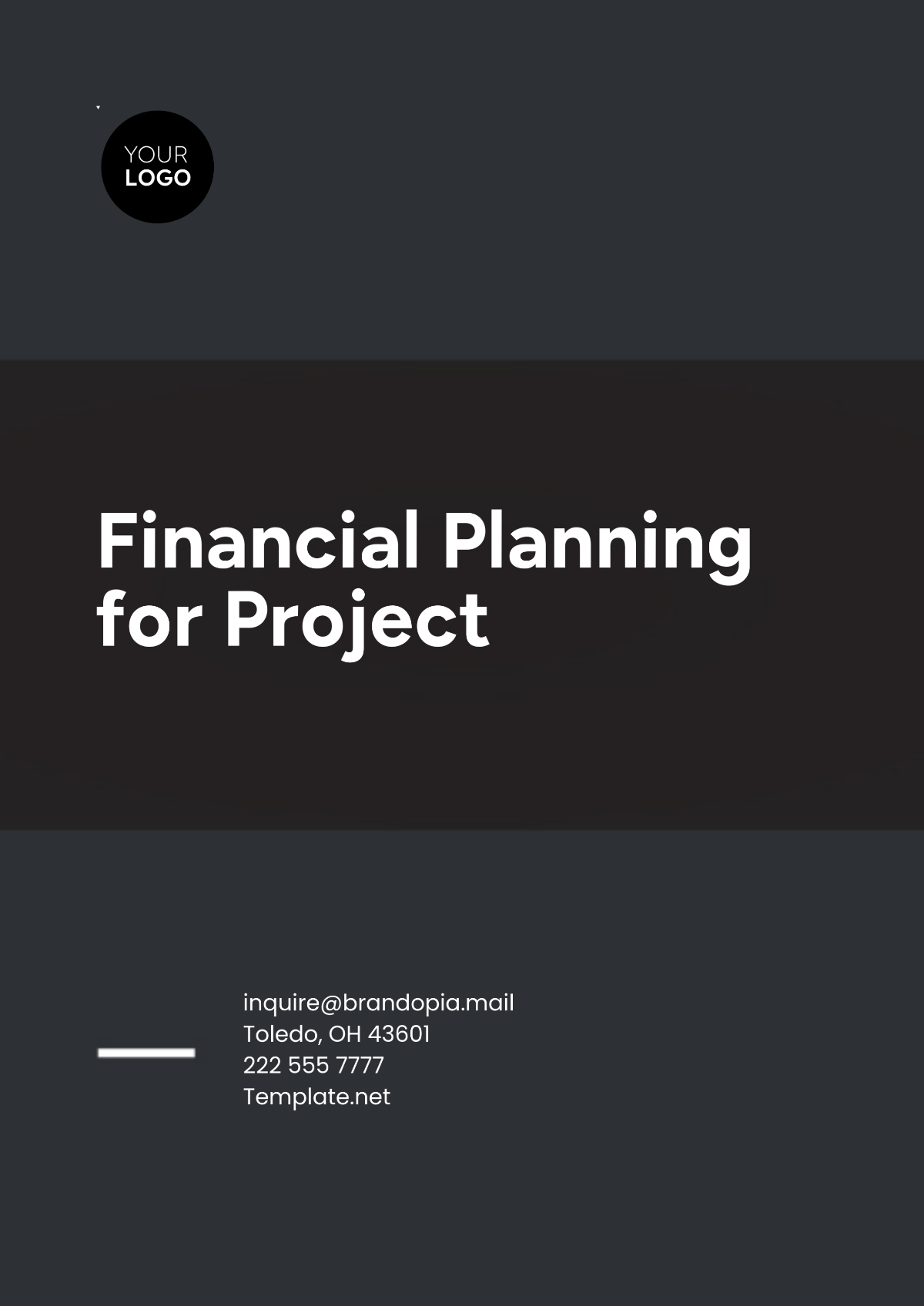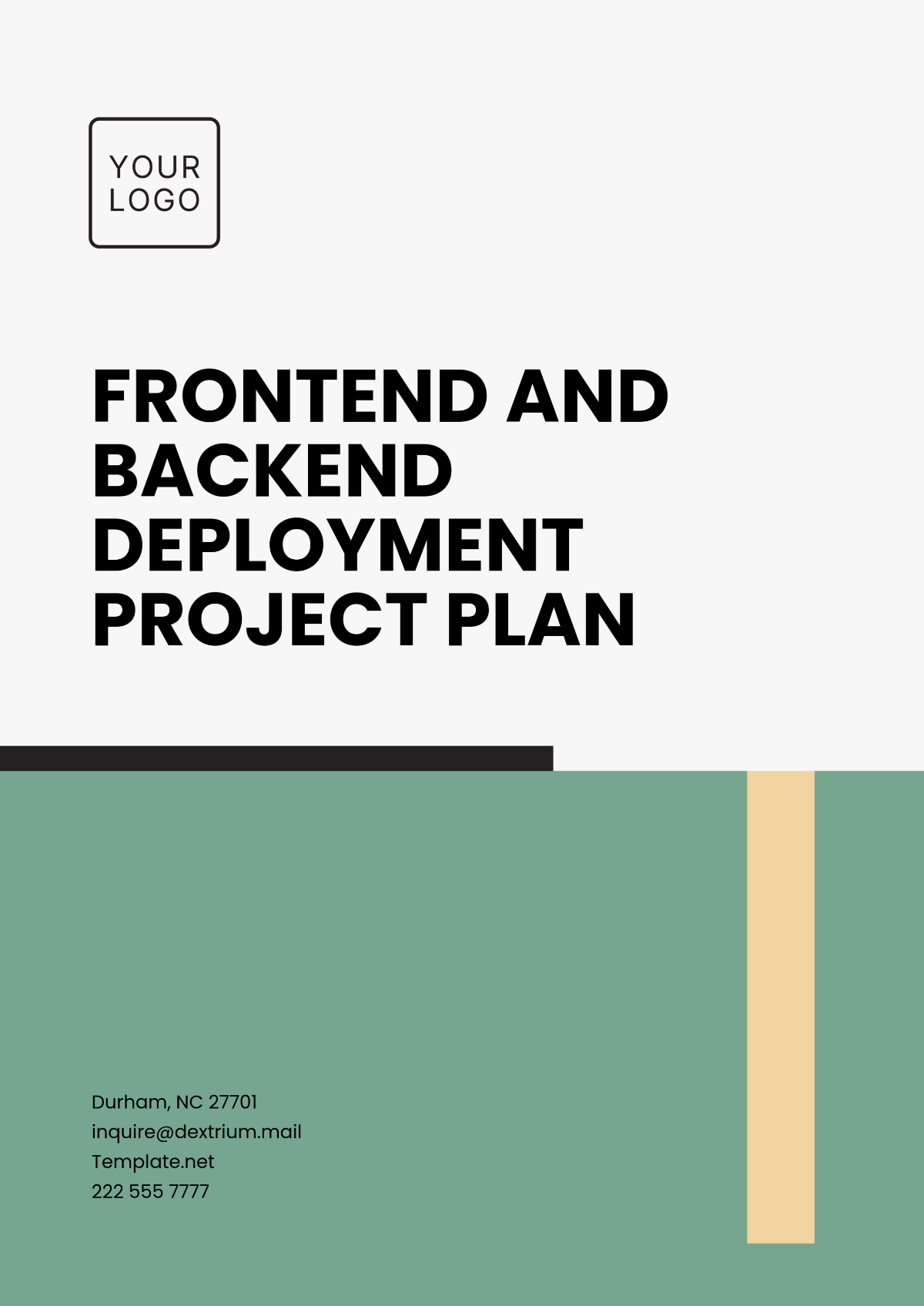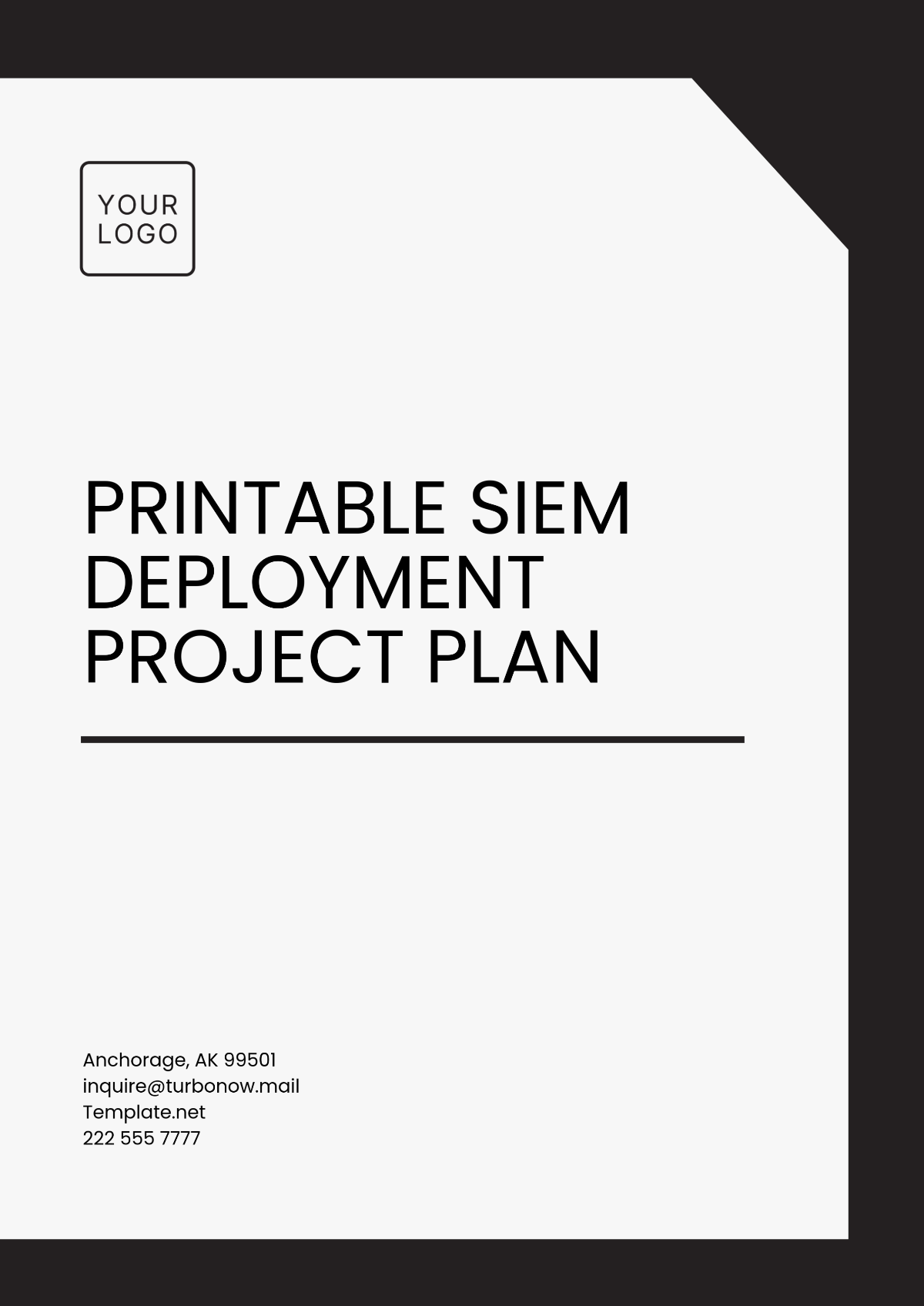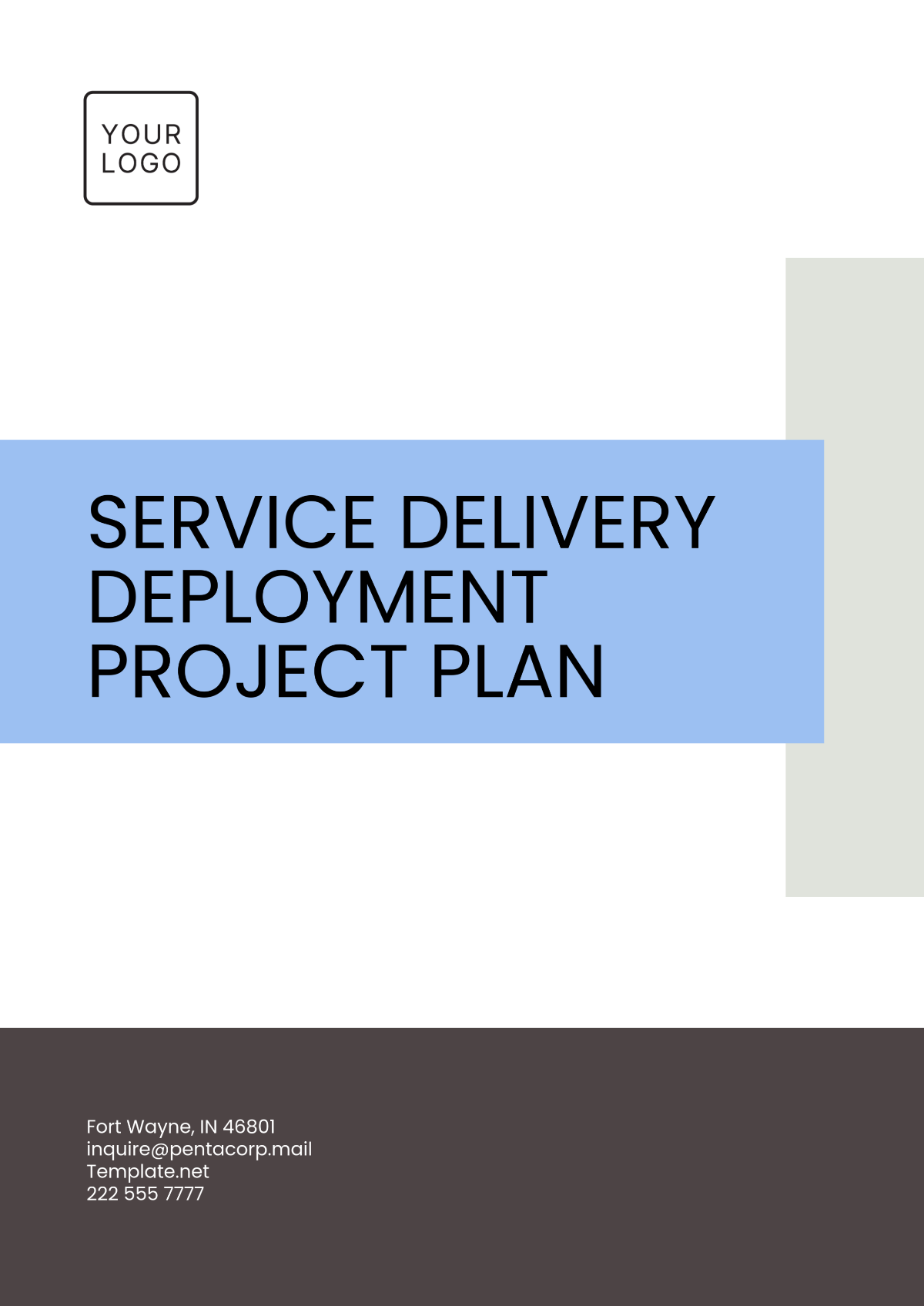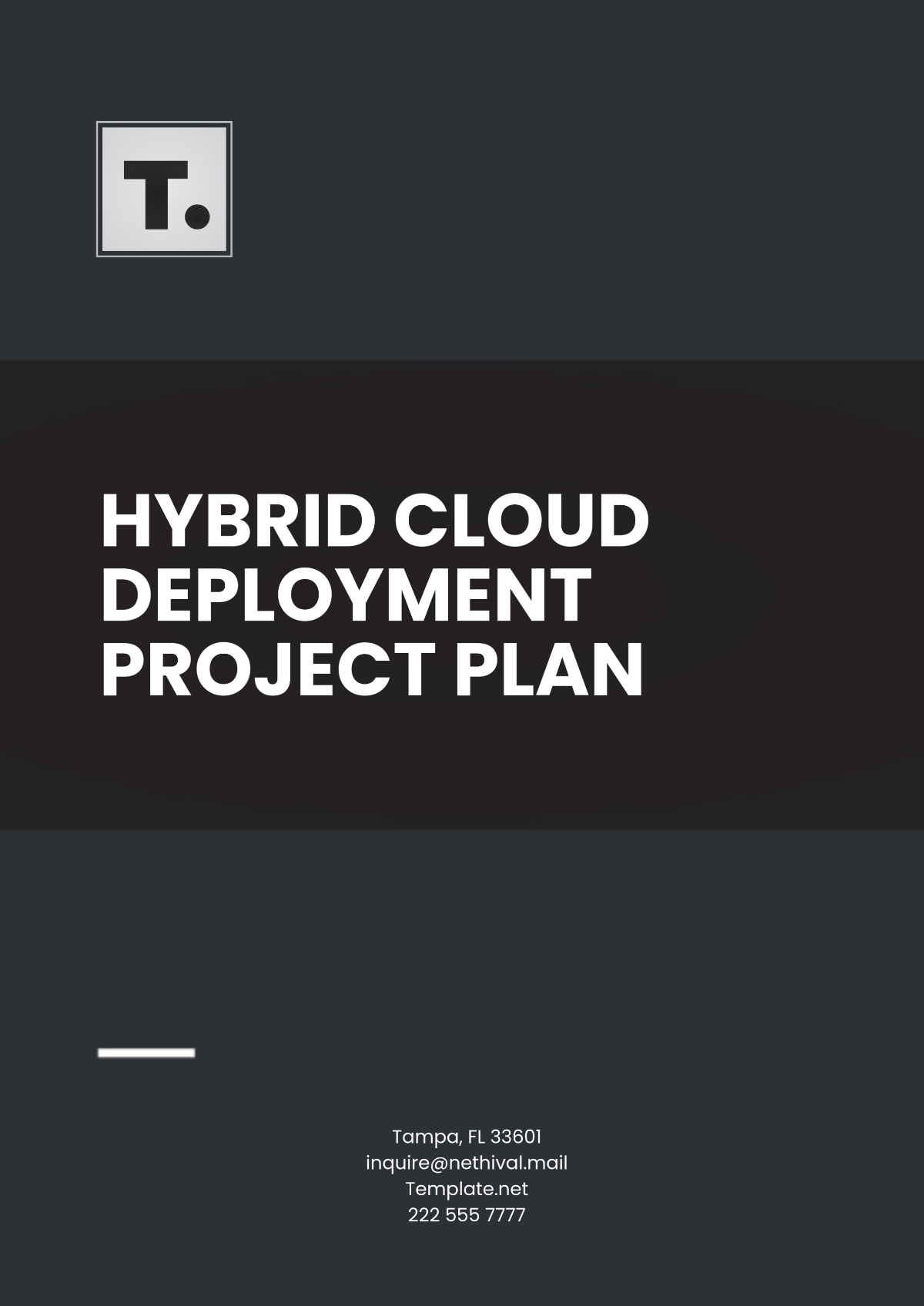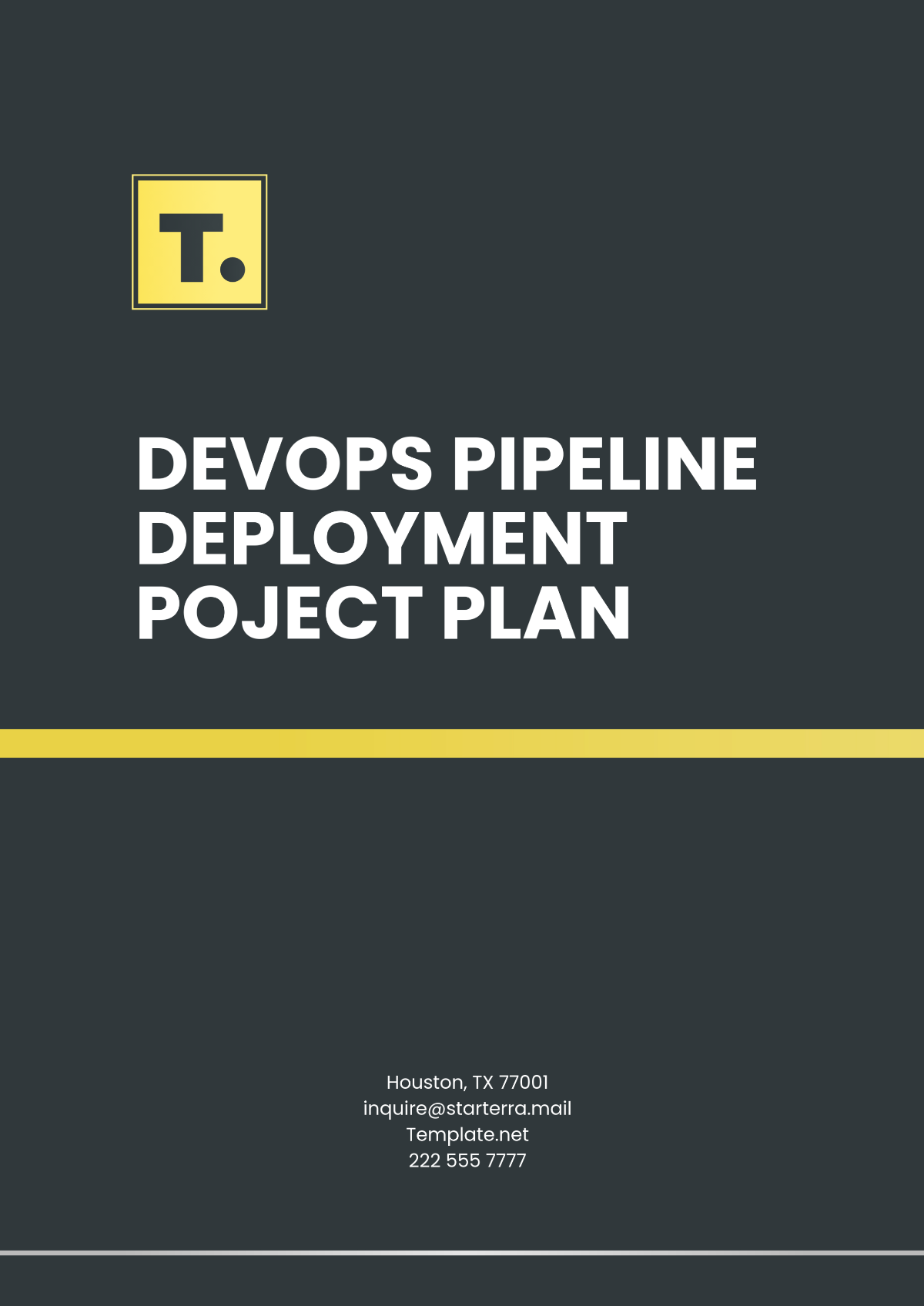Free Project Plan Template
Project Plan
Project Manager: | [Your Name] |
Company: | [Your Company Name] |
Department: | [Your Department] |
Date: | [Date] |
I. Project Overview
1.1 Project Title
Website Redesign and Development
This project aims to completely overhaul the current website to serve our customers better and support our business goals. This includes a new design, updated content, and improved functionalities that reflect the latest trends and technologies in web development.
1.2 Project Objectives
Objective 1: Improve user experience and navigation
We aim to create a seamless and intuitive navigation structure that allows users to find information quickly and easily. This includes simplifying the menu, improving search functionality, and ensuring that key information is accessible within three clicks.
Objective 2: Increase website traffic by 30% within the first six months
By implementing effective SEO strategies and creating engaging content, we plan to attract more visitors to the site. This includes optimizing all pages for search engines, creating a blog for regular updates, and promoting the website through various online channels.
Objective 3: Enhance mobile responsiveness and performance
With more users accessing the internet via mobile devices, it is crucial that our website performs well on all screen sizes. We will ensure that the site is fully responsive, with fast load times and easy-to-use features on smartphones and tablets.
1.3 Keywords
Web Development, UX/UI Design, SEO, Mobile Optimization:
These keywords encapsulate the core elements of the project, highlighting the focus areas that will drive our efforts. Web Development covers the technical build, UX/UI Design focuses on the user interface and experience, SEO aims at improving search engine rankings, and Mobile Optimization ensures accessibility on all devices.
II. Project Scope
2.1 In-Scope Items
Redesign of the website’s user interface
This includes updating the visual design to be more modern and user-friendly, ensuring brand consistency across all pages.
Development of new backend functionalities
Implementing new features such as a content management system (CMS) to allow for easy updates and integration with customer relationship management (CRM) tools.
Integration with third-party services (e.g., payment gateways, CRM systems)
Ensuring seamless integration with existing tools and platforms to enhance the functionality and efficiency of the website.
2.2 Out-of-Scope Items
Development of a mobile app
The project will focus solely on the website, and any mobile app development will be considered a separate project.
Management of third-party content
Content provided by third parties will not be managed within the scope of this project; this will remain the responsibility of the content providers.
Ongoing website maintenance post-launch
Regular maintenance and updates after the website launch will be handled by a different team or phase.
III. Timeline
3.1 Milestones
Milestone | Estimated Completion Date | Description |
|---|---|---|
Initial Design | January 1, 2050 | Completion of the initial website design |
Beta Launch | March 1, 2050 | Release of the beta version for testing |
Final Launch | June 1, 2050 | The official launch of the new website |
3.2 Schedule
Project Start Date: November 1, 2050
Project End Date: June 1, 2051
This schedule includes all major phases of the project from initial planning and design, through development and testing, to the final launch. Each phase will have detailed sub-timelines to ensure all tasks are completed on time.
IV. Resources
4.1 Team Members
Name | Role |
|---|---|
[YOUR NAME] | Project Manager |
Bob Johnson | Lead Developer |
Cathy Lee | UX/UI Designer |
4.2 Budget
Category | Estimated Cost | Notes |
|---|---|---|
Design | $10,000 | Initial design and mockups |
Development | $50,000 | Backend and frontend coding |
Testing | $5,000 | User and performance testing |
The budget allocation covers all critical areas including design, development, and testing. Additional funds are set aside for unexpected expenses and adjustments.
V. Risk Management
5.1 Risk Identification
Scope Creep - Implement a change control process
Clearly define project boundaries and maintain strict oversight of any requested changes to avoid scope creep.
Technical Challenges - Schedule regular technical reviews
Conduct regular technical assessments to identify and address potential issues early in the development process.
Delays in Testing - Allocate extra time in the timeline
Include buffer time in the project schedule to accommodate any unexpected delays during the testing phase.
5.2 Risk Assessment
Risk | Probability | Impact | Mitigation |
|---|---|---|---|
Scope Creep | Medium | High | Strict change control |
Technical Issues | High | Medium | Frequent technical reviews |
Testing Delays | Medium | High | Extra time allocation |
This risk assessment matrix helps in identifying the probability and impact of each risk, alongside appropriate mitigation strategies to manage them effectively.
VI. Communication Plan
6.1 Stakeholder Communication
Stakeholder | Communication Method |
|---|---|
Project Sponsor | Monthly Status Reports |
Development Team | Weekly Meetings |
End Users | Beta Testing Feedback |
Effective communication is key to the success of the project. This plan ensures all stakeholders are kept informed and involved through regular updates and feedback sessions.
VII. Approval
7.1 Sign-Off
Project Manager: [YOUR NAME]
Date: November 1, 2050

